Japanese knives are renowned globally for their precision, sharpness, and unparalleled craftsmanship. In this comprehensive guide, we’ll explore the various Japanese knife types and materials and how to select the perfect blade tailored to your cooking style and kitchen tasks.

Choosing the Right Japanese Knife
Selecting the right Japanese knife begins by understanding your cooking needs and preferences. Unlike Western chef's knives, which rely on a rocking motion, Japanese knives typically use either a sliding or chopping motion, making them highly efficient for precision and fine knife work.
To build a reliable "A-team of knives," consider your primary tasks:
Chopping and dicing: Gyuto or Santoku knives
Fine slicing and detailed tasks: Petty or Kiritsuke knives
Vegetable prep: Nakiri or Usuba knives
Multi-purpose Japanese Knives
Japanese multipurpose knives are indispensable in the kitchen, suitable for chopping, slicing, and dicing.
Gyuto Knives
Gyuto knives resemble Western chef knives, providing versatility for various culinary tasks. Gyuto knives typically feature double-bevel edges, making them exceptionally user-friendly for beginners and seasoned professionals.
Their balanced weight, comfortable grip, and sharp, agile blade allow precise slicing, chopping, dicing, and mincing.
The blade of a Gyuto usually ranges from 180mm to 270mm, with the 210mm variant being the most popular due to its optimal balance between control and versatility. These knives excel in handling various ingredients such as meat, vegetables, and fish, effortlessly transitioning between tasks without sacrificing performance or precision.
Santoku Knives
The Santoku knife is a staple in many Japanese households and professional kitchens alike, known for its compact design and exceptional versatility. Slightly shorter and broader than the Gyuto, the Santoku typically features a blade length between 160mm and 190mm, making it ideal for users who prefer a lighter, more maneuverable knife. Its flatter edge profile and gently curved tip allow for swift chopping motions, particularly well-suited to up-and-down slicing rather than rocking cuts.
The name "Santoku" translates to "three virtues" or "three uses," referring to the knife’s proficiency in slicing, chopping, and mincing—especially when working with vegetables, proteins, and herbs. The blade is often crafted with a granton (scalloped) edge, which helps reduce friction and prevents food from sticking to the surface. Its double-bevel edge makes it accessible for both right- and left-handed users, while the wider blade provides excellent knuckle clearance and makes it easy to scoop up chopped ingredients for transfer.
Bunka Knives
Bunka knives are a unique and eye-catching addition to the Japanese knife family. They combine the versatility of Santoku and Gyuto knives with a distinctively aggressive, angular tip often referred to as a "reverse tanto" or "k-tip." This design gives the knife a modern, bold aesthetic and enhances its ability to perform precise cuts, especially when working with delicate ingredients or detailed tasks like scoring fish or trimming vegetables.
Typically ranging in blade length from 165mm to 200mm, Bunka knives offer a comfortable balance between maneuverability and cutting power. Like the Santoku, they feature a relatively flat edge profile, which excels at push-cutting and chopping. At the same time, their added tip precision brings in some of the slicing finesse associated with the Gyuto. The wide blade allows easy ingredient transfer and ample knuckle clearance during prep work.
The Bunka's versatility makes it a favored choice for those who want a do-it-all knife with a little more personality and edge. It's particularly effective for slicing meats, mincing herbs, julienning vegetables, and even delicate tasks like crafting garnishes.
Chinese Cleavers (Chukabocho)
Despite their origins in Chinese cuisine, Chinese cleavers (known as Chukabocho in Japan) have earned a respected place in many Japanese kitchens, both professional and home-based. With their broad, rectangular blade and balanced weight, these knives offer exceptional versatility, allowing chefs to transition seamlessly between delicate prep work and heavier cutting tasks.
Chukabocho typically feature a blade that ranges from 180mm to 220mm in length, with a thin, razor-sharp edge designed for precision rather than brute force. Unlike Western-style meat cleavers, which are thick and heavy for breaking bones, Chinese cleavers are surprisingly nimble, enabling everything from fine vegetable slicing and herb mincing to portioning proteins and even crushing garlic or transferring ingredients thanks to the large blade surface.
The knife’s tall profile also makes it ideal for cutting large vegetables like cabbage, daikon, or squash, while providing excellent control and knuckle clearance. In skilled hands, a Chukabocho can function as an all-purpose knife, capable of replacing several specialized tools. Its flat edge profile supports clean, straight cuts with minimal rocking, making it particularly efficient for quickly prepping large quantities of food.
Deba Knives
Deba knives are traditional Japanese blades specifically crafted for butchering fish, though they are also well-suited for handling poultry and other proteins. Characterized by a thick spine, heavy blade, and single-bevel edge, the Deba is a powerhouse in the kitchen, designed to cut through tough materials with precision and control while preserving the integrity of delicate flesh.
The Deba typically ranges from 150mm to 210mm in length, and unlike Western cleavers, it is not intended for hacking through bone. Instead, its design allows for carefully slicing through fish heads, bones, and cartilage, making it an essential tool in preparing whole fish. The robust spine and weight allow it to split through joints and small bones, while the razor-sharp edge provides clean, precise cuts along the flesh without tearing or crushing.
The single-bevel edge usually ground for right-handed users offers an extremely sharp cutting angle, ideal for making exacting cuts, such as filleting or removing skin. The slight curvature of the blade allows for a controlled slicing motion, and the pointed tip offers accuracy when working around intricate bone structures. Left-handed Deba knives are also available but must be specially ordered or made.
Japanese Knife Blade Materials
Understanding blade materials is essential for maintaining knife care and performance.
High Carbon Stainless Steel
High-carbon stainless steel is a popular choice for premium kitchen knives, combining the best qualities of stainless steel and traditional high-carbon steel. Blades made from this material such as the widely respected VG-10, AUS-10, and SG2 steels offer a superior balance of performance, durability, and ease of maintenance, making them ideal for both professional chefs and home cooks.
One of the key advantages of high-carbon stainless steel is its ability to hold a razor-sharp edge for extended periods. The increased carbon content enhances hardness, allowing finer edge retention and more precise cutting. This means less frequent sharpening is needed, even with regular use. At the same time, adding chromium and other alloying elements provides excellent corrosion and rust resistancean area where traditional high-carbon steels often fall short.
VG-10, for example, is a premium Japanese stainless steel known for its fine grain structure and balanced composition. These characteristics make it tough and easy to sharpen. Under normal kitchen conditions, it resists chipping and dulling, even when used on harder ingredients like root vegetables or proteins with small bones.
Blue Steel (Aogami)
Aogami or blue steel is a premium high-carbon steel highly revered in traditional Japanese knife-making. Developed by Hitachi Metals, Aogami is an advanced version of white steel (Shirogami), with added elements such as tungsten and chromium. These additions enhance the steel's hardness, toughness, and edge retention, making it one of the most sought-after materials for high-performance kitchen knives.
Aogami comes in several grades Aogami #1, Aogami #2, and Aogami Super each with slightly different compositions and characteristics. Aogami #1 contains more carbon than #2, providing superior edge retention and sharpness, while Aogami Super is considered the pinnacle, offering extreme hardness and edge durability without compromising workability.
Tungsten increases the steel’s wear resistance, allowing the blade to maintain a exceptional edge even after extended use. This makes Aogami knives ideal for precise, clean cuts whether filleting fish, slicing sashimi, or performing intricate vegetable work. The result is a cutting experience that feels incredibly smooth and responsive, prized by sushi chefs and culinary professionals worldwide.
However, because Aogami is a carbon steel at its core, it is prone to oxidation and rust if not properly maintained. Unlike stainless steel, Aogami knives require regular oiling, careful cleaning, and immediate drying after use. Some knives are clad with stainless steel on the outside to reduce the risk of corrosion while preserving the cutting core's high performance.
Damascus Steel
Damascus steel is celebrated not only for its exceptional performance but also for its distinctive and elegant appearance. Recognized by the flowing, wavy patterns on the blade surface, Damascus steel is created by layering and repeatedly folding different types of steel (often high-carbon and stainless steels) through a process that bonds them together under intense heat and pressure. This age-old technique, rooted in ancient Middle Eastern metallurgy, has been refined by Japanese and modern craftsmen into a hallmark of functionality and beauty.
The folding process produces blades that are visually stunning and highly functional. The multiple layers enhance the blade’s strength, toughness, and flexibility. A typical Damascus knife might feature anywhere from 15 to over 100 layers of steel, with the outer layers protecting the core usually made from a high-performance steel such as VG-10 or Aogami (blue steel).
Beyond durability, Damascus knives are known for their keen edge and effortless slicing ability. The layered construction can reduce friction while cutting, allowing for smoother and cleaner cuts, which is especially beneficial when working with delicate ingredients like fish, herbs, or thinly sliced vegetables.
SG2 Powdered Steel
SG2 powdered steel (also known as Super Gold 2) is a high-performance stainless steel that is at the forefront of modern Japanese knife-making. Engineered through powder metallurgy, SG2 is made by atomizing molten steel into a fine powder, then compressing and sintering it at high temperatures. This method results in a fine, uniform grain structure that gives the steel exceptional hardness, wear resistance, and edge stability.
With a Rockwell hardness often rated 62–64 HRC, SG2 allows for an incredibly sharp edge that remains razor-keen even after extended use. This makes it especially attractive to professional chefs and culinary enthusiasts who demand precision and reliability in their cutting tools. Despite its hardness, SG2 is surprisingly tough and less prone to chipping than other ultra-hard steels, striking a rare and valuable balance between edge retention and durability.
As a stainless steel, SG2 contains a high level of chromium, which provides excellent corrosion and rust resistance ideal for busy kitchen environments where maintenance time is limited. Knives made from SG2 are easy to care for: they resist staining, require infrequent sharpening, and retain their luster with regular cleaning and drying.
SG2 blades are often clad in layers of softer stainless steel for added durability and ease of sharpening. This frequently results in beautiful Damascus-style patterns that also enhance the knife’s aesthetic appeal. These knives are typically thinner than their carbon steel counterparts, allowing for ultra-precise slicing with minimal resistance.

Japanese Knife Handles
Knife handles are crucial in determining how a blade feels and performs in the hand. In Japanese cutlery, the handle is not merely a functional component but an extension of the knife’s overall balance, control, and artistry. The two primary handle types Japanese-style (Wa) and Western-style (Yo) reflect distinct cultural approaches to craftsmanship and culinary technique. Each has its own advantages, materials, and aesthetic appeal, catering to different preferences and cooking styles.
Japanese-Style (Wa) Handles
Wa handles are the traditional choice for Japanese knives, known for their lightweight construction, natural materials, and elegant simplicity. They are usually made from softwoods such as magnolia (ho wood), chestnut, or keyaki (zelkova), often paired with a durable ferrule made from buffalo horn, resin, or pakkawood to reinforce the joint between handle and blade.
Wa handles are typically not full-tang, meaning the blade's tang (the part that extends into the handle) does not run the entire length. Instead, the tang is friction-fitted and sometimes glued into the handle. This makes the knife significantly lighter and more agile, contributing to excellent blade-forward balance ideal for intricate, controlled movements like slicing sashimi or performing precise vegetable cuts.
Common Shapes:
D-Shaped: This model offers a comfortable fit for right-handed users, with a subtle ridge that rests naturally against the palm.
Oval: Symmetrical and versatile, suitable for left- and right-handed users.
Octagonal: Preferred by many professionals, this faceted shape provides a secure grip and refined feel, especially in wet or oily conditions.
Chefs who prioritize precision, lightness, and traditional craftsmanship often choose wa handles. However, they may feel unfamiliar to those accustomed to heavier Western-style knives.
Western-Style (Yo) Handles
Yo handles are inspired by Western knife design. They feature full-tang construction, where the tang extends the full length of the handle. This design adds weight and balance, making the knife feel sturdier and more robust qualities that many Western-trained chefs prefer. The full tang is usually sandwiched between two handle scales and secured with metal rivets for durability.
These handles are often made from durable, low-maintenance materials, such as:
-
Pakkawood (laminated hardwood resin)
-
Micarta (compressed resin and fabric)
-
G10 (fiberglass laminate)
-
Thermoplastics or composites for commercial-grade knives
Yo handles are ergonomically shaped for long prep sessions, often with contours or bolsters that guide the hand into a natural grip. They tend to offer more immediate comfort to users familiar with Western chef’s knives, especially for heavy-duty tasks like chopping root vegetables or breaking down proteins.
Choosing Between Wa and Yo Handles
The choice between a Wa and Yo handle ultimately comes down to personal preference and intended use:
Wa handles offer lightness, superior control for precision work, and a traditional aesthetic that appeals to purists and sushi chefs.
Yo handles provide greater weight, familiarity for Western users, and enhanced durability particularly in commercial or high-volume kitchens.
Some modern Japanese knives even blend the two styles, offering traditional Japanese blades with Western-style handles, giving users the best of both worlds.
Single Bevel Japanese Knives
Single-bevel Japanese knives are highly specialized tools crafted for tasks that demand exceptional precision, control, and skill. Unlike double-bevel knives which are sharpened on both sides of the blade single-bevel knives feature an edge that is sharpened only on one side (typically the right side for right-handed users), while the reverse side is flat or slightly concave (urasuki). This asymmetric design is a hallmark of traditional Japanese cutlery and allows for excellent, accurate cuts essential in professional Japanese cuisine.
Yanagiba
The Yanagiba is an iconic Japanese knife traditionally used in the art of sushi and sashimi preparation. Its name means “willow blade,” referencing the long, slender shape of the knife that resembles a willow leaf. Explicitly designed for slicing raw fish, the Yanagiba is prized for its ability to make smooth, clean cuts that preserve the texture, freshness, and integrity of delicate ingredients.
Typically crafted with a single-bevel edge and a long blade usually ranging from 240mm to 330mm the Yanagiba allows chefs to slice through fish in a single, uninterrupted motion. This minimizes damage to the flesh and prevents tearing, ensuring each cut is smooth, glossy, and precise.
The single-bevel design, traditionally intended for right-handed users, enables extraordinary sharpness and accuracy. It also allows for very thin slicing, making it ideal for preparing sashimi, filleting fish, and creating delicate garnishes. Left-handed versions are available, though they are less common and typically custom-made. The backside of the blade features a slight concave grind (urasuki), which reduces surface tension and makes food release easier during cutting.
Usuba
Usuba knives are traditional Japanese vegetable knives, specifically designed for professional chefs who require absolute precision in vegetable preparation. The word usuba means “thin blade,” and true to its name, the Usuba features a straight, flat edge and a thin, rectangular profile that enables clean, exacting cuts without crushing the ingredients. It is especially valued in kaiseki cuisine, where aesthetic presentation and uniformity are as important as flavor.
Unlike double-bevel Western vegetable knives, the Usuba is single-beveled, typically tailored for right-handed users (though left-handed versions exist). This single-bevel edge allows for incredibly sharp, controlled slicing and delicate cuts, which are essential in Japanese knife techniques like julienne (fine strips), brunoise (small cubes), and the intricate katsuramuki (rotary peeling of vegetables like daikon into long, paper-thin sheets).
Usuba knives come in two main regional styles: the Kanto-style (Tokyo), which features an entirely rectangular blade similar to a small cleaver, and the Kamagata-style (Osaka), which has a slightly curved, pointed tip that allows for more detailed work and garnishing. Both styles share the same fundamental traits (razor-sharp edges, thin blades, and straight cutting profiles) which make them ideal for push-cutting through vegetables without breaking delicate skins or fibers.
Deba
Deba knives, known for their thick, sturdy blades and single-bevel design, are traditional Japanese tools expertly crafted for butchering fish, poultry, and certain cuts of meat. Unlike the Western-style cleaver, which is designed for heavy-duty bone chopping, the Deba is intended for precise butchery work allowing chefs to cut through fish heads, fillet whole fish, and slice through cartilage and small bones with control and minimal damage to the flesh.
The blade of a Deba is typically between 150mm and 210mm long, with a pronounced spine and a tapered edge that focuses weight toward the heel for powerful, controlled cuts. The single-bevel construction sharpened only on one side enables incredibly fine edges and cleaner cuts, particularly important in fish butchery where maintaining the integrity of the flesh is crucial. The reverse side often features a slightly concave grind (urasuki), which reduces friction and helps food release smoothly.
Within the Deba family, there are specialized variations, each optimized for specific culinary tasks:
-
Ko-Deba (small Deba): A compact version of the standard Deba, typically under 150mm. It’s ideal for working with smaller fish, shellfish, or more delicate butchery tasks. Its smaller size offers greater precision and control, especially when filleting sardines, mackerel, or other small seafood.
-
Hon-Deba (true Deba): The classic, full-sized Deba knife used in professional kitchens. It excels at breaking down medium to large fish, poultry, and some meats. The Hon-Deba’s weight and balance allow for effectively splitting fish heads, removing spines, and sectioning carcasses with minimal effort.
-
Kanisaki-Deba: Specifically designed for preparing crab and shellfish, the Kanisaki-Deba features a unique blade geometry that allows it to break through tough exoskeletons without damaging the delicate meat inside. Many versions are sharpened on the left side, making them easier to use when prying open crab shells or cracking legs.
Small Japanese Knives
Small Japanese knives are essential for delicate, precise culinary work that larger knives might struggle to execute with finesse. While chef knives like the Gyuto or Santoku handle general prep, these compact blades excel in tasks that require agility, control, and meticulous detail. Small Japanese knives allow chefs to elevate their presentation and accuracy, whether peeling, trimming, garnishing, or crafting fine decorative elements.
Petty Knives
The Petty knife is the Japanese equivalent of the Western paring or utility knife, typically ranging from 80mm to 150mm in blade length. Despite its small size, it is remarkably versatile, offering precision and control in tasks that demand a lighter touch. Ideal for peeling fruits and vegetables, segmenting citrus, deveining shrimp, or trimming herbs, the Petty knife shines in situations where precision is paramount and a larger blade would be unwieldy.
Crafted with the same high-quality steel and attention to detail as larger Japanese knives, Petty knives often feature a narrow, pointed tip and thin blade profile, allowing for intricate maneuvering and close-up work. Chefs frequently use them during plating or garnishing, where accuracy and visual finesse are crucial. Because of their versatility, Petty knives are a staple in both professional and home kitchens, especially when paired with a larger all-purpose knife like a Gyuto.
Bird’s Beak Paring Knife
Named for its distinctive curved blade, the bird’s beak paring knife often referred to in Japanese as kudamono (fruit knife) or by the French term tourné knife is a specialized tool used for precision peeling, shaping, and decorative knife work. The inward curve of the blade conforms naturally to the contours of round fruits and vegetables, making it particularly effective for removing skins from apples, tomatoes, and citrus without sacrificing flesh.
In professional kitchens, bird’s beak knives are often used for intricate tasks like creating tourné vegetables (small, uniformly shaped pieces often used in classical presentations) or crafting garnishes with artistic flair. The blade’s shape allows chefs to make tight, controlled cuts, ensuring consistency and refinement in every detail.

Vegetable Japanese Knives
Vegetable-specific Japanese knives are precision tools designed to handle vegetables' unique textures and structures with ease and accuracy. Unlike multi-purpose knives, vegetable knives like the Nakiri and Usuba are tailored to slicing, dicing, and carving vegetables cleanly, with minimal bruising or damage, ensuring that each cut maintains the ingredient’s texture, moisture, and aesthetic appeal.
Nakiri Knives
Nakiri knives are double-beveled vegetable knives characterized by their straight, rectangular blades typically ranging from 150mm to 180mm. The word nakiri means "vegetable cutter," these knives excel in that role with remarkable precision and speed. Their flat edge profile ensures complete contact with the cutting board during each stroke, ideal for push-cutting or chopping without rocking motions. This allows for consistent, straight cuts handy when preparing uniform vegetable cuts such as allumette, julienne, brunoise, or thin rounds.
The blade’s thinness and sharpness reduce resistance, resulting in crisp, clean cuts that help preserve the structure and freshness of delicate vegetables like cucumbers, tomatoes, or herbs. The wide surface also allows for easy ingredient transfer, making the Nakiri highly efficient in home and professional kitchens.
Often used by vegetarian chefs or anyone doing extensive vegetable prep, Nakiri knives are user-friendly, require less technique than single-bevel blades, and offer incredible control especially when slicing large quantities of produce quickly and uniformly.
Usuba Knives
The Usuba is a single-bevel knife traditionally used by professional chefs in high-end Japanese cuisine, particularly in kaiseki and sushi restaurants where flawless vegetable presentation is essential. Slightly more challenging to use than a Nakiri due to its single-bevel edge, the Usuba demands more skill and precision but in return, it delivers unmatched cutting accuracy.
With its flat edge and razor-sharp blade, the Usuba excels in traditional techniques like katsuramuki, a method of peeling vegetables (such as daikon radish) into continuous, paper-thin sheets. This knife also performs extremely well in fine slicing, such as chiffonade, julienne, or shaping garnishes for decorative plating.
Usuba knives are available in two regional styles:
-
Kanto-style (Tokyo): Features a completely rectangular blade for push-cutting.
-
Kamagata-style (Osaka): Includes a slightly curved, pointed tip, offering greater versatility for intricate cuts and detailed work.
A defining feature of the Usuba is the concave back (urasuki), which minimizes drag and helps food release from the blade more easily. This construction enhances control, making it easier to achieve uniform, wafer-thin slices without crushing the vegetable.
Knife Maintenance and Care
Proper maintenance is essential for preserving the performance, longevity, and appearance of Japanese knives. These finely crafted tools are designed for precision and durability, but they must be cared for correctly to ensure they retain their razor-sharp edges and resist damage over time.
Unlike mass-produced Western knives, Japanese knives are often made from high-carbon or specialty steels that, while offering superior cutting performance, can be more sensitive to moisture, improper storage, and dulling if not maintained properly.
Here are the key principles of Japanese knife care:
1. Hand-Wash and Dry Immediately
Japanese knives should always be hand-washed with mild soap and warm water. Avoid soaking them or placing them in the dishwasher, as prolonged exposure to water and harsh detergents can cause corrosion, especially in high-carbon steels like Aogami (Blue Steel) or Shirogami (White Steel). After washing, dry the knife thoroughly with a soft towel immediately and completely to prevent rust or staining. Even stainless steel varieties like VG-10 or SG2 can develop spots if moisture is left on the blade.
2. Regular Sharpening with Whetstones
To maintain a razor-sharp edge, Japanese knives require regular sharpening, preferably with whetstones. Whetstones offer the most control and precision, allowing you to restore the blade to its original sharpness while preserving its geometry. Start with a coarse grit (around #1000) to reshape a dull edge, then move to finer grits (#3000–#8000) to refine and polish the blade. Honing rods can be used occasionally to realign the edge, but they do not replace proper sharpening.
Single-bevel knives (like the Yanagiba or Usuba) and double-bevel knives (like the Gyuto or Santoku) require different techniques, so it’s essential to understand the correct sharpening angles and methods for each type. Improper sharpening can dull the edge and damage the blade over time.
3. Store Knives Properly
Safe storage protects both the blade and the user. Knives should never be tossed loosely into a drawer, where they can knock against other tools and chip or become misaligned. Instead, use a proper knife storage solution such as:
-
Knife blocks: Keep blades separated and accessible.
-
Magnetic strips: Save counter space and allow easy visibility.
-
Blade guards or sheaths: These are useful for storing knives in drawers or transporting them safely.
Always ensure the storage environment is dry to avoid unnecessary moisture exposure, which can lead to rust or handle damage.
Conclusion
Whether you opt for versatile multipurpose knives like Gyuto and Santoku or specialized single-bevel blades like Yanagiba and Usuba, selecting the right knife tailored to your cooking style transforms meal preparation into a precise, enjoyable art form.
Remember, choosing the perfect Japanese knife is about aligning functionality, blade material, handle comfort, and specific culinary tasks, ensuring lasting satisfaction and culinary excellence.


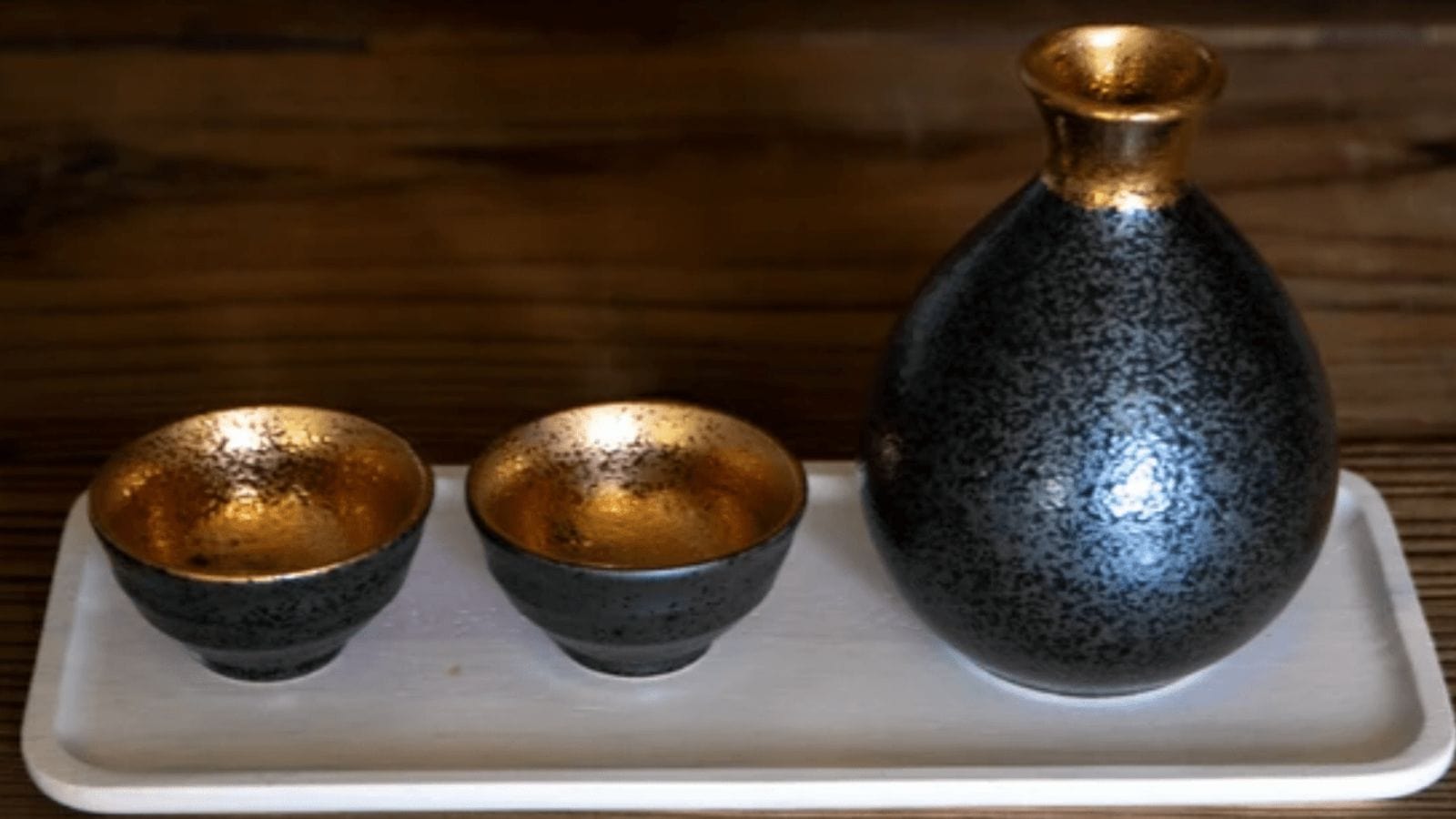
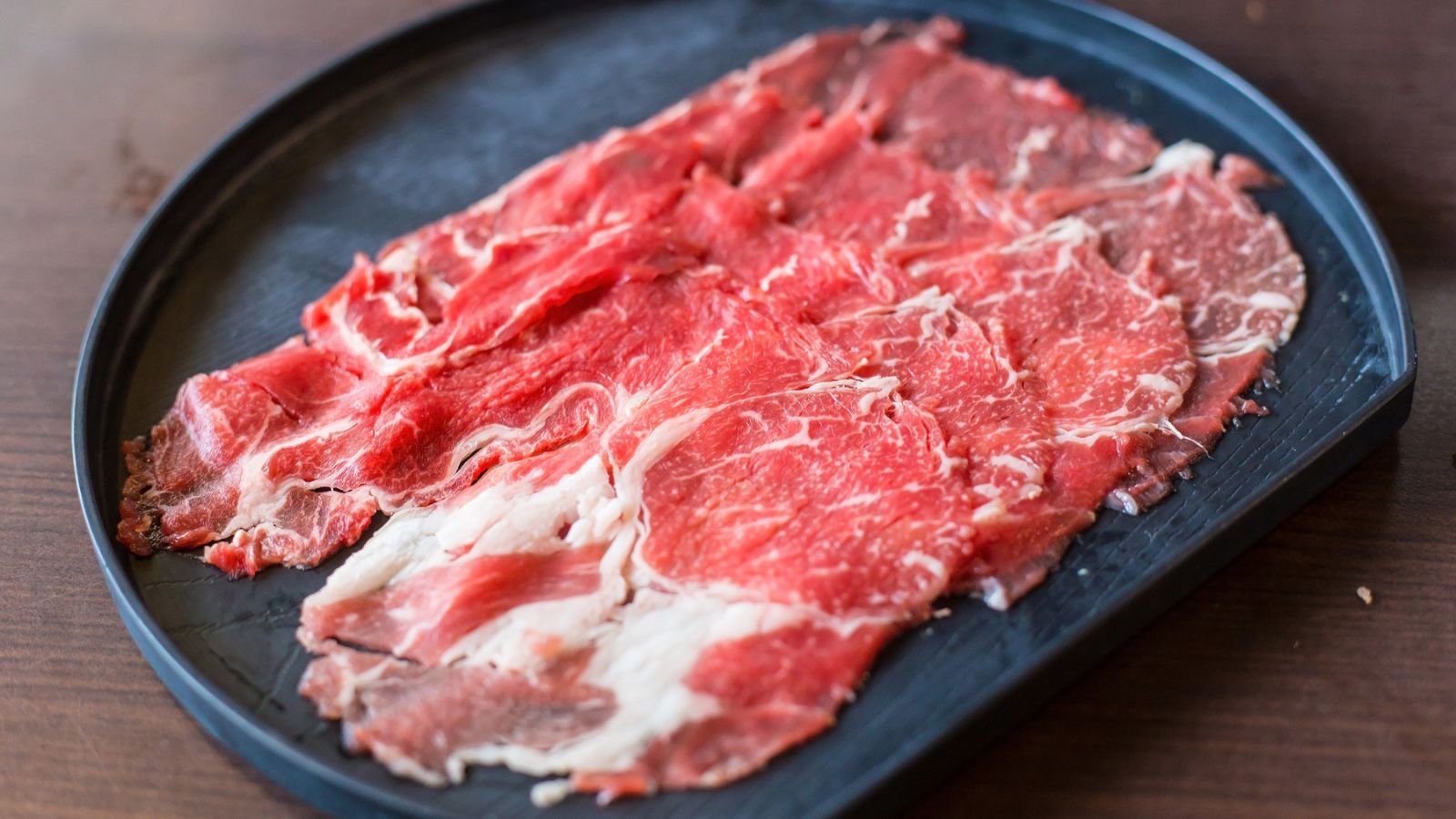
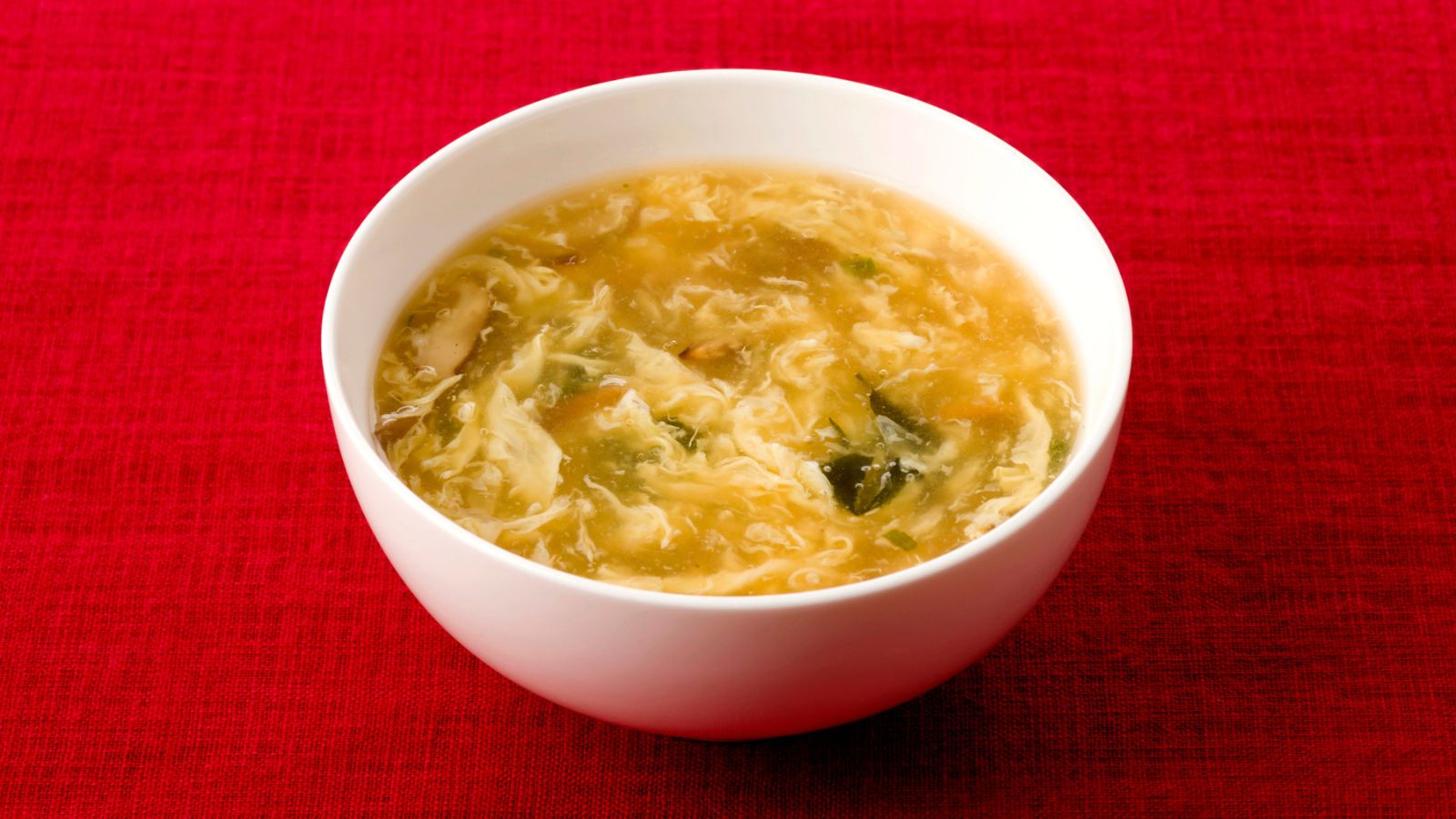
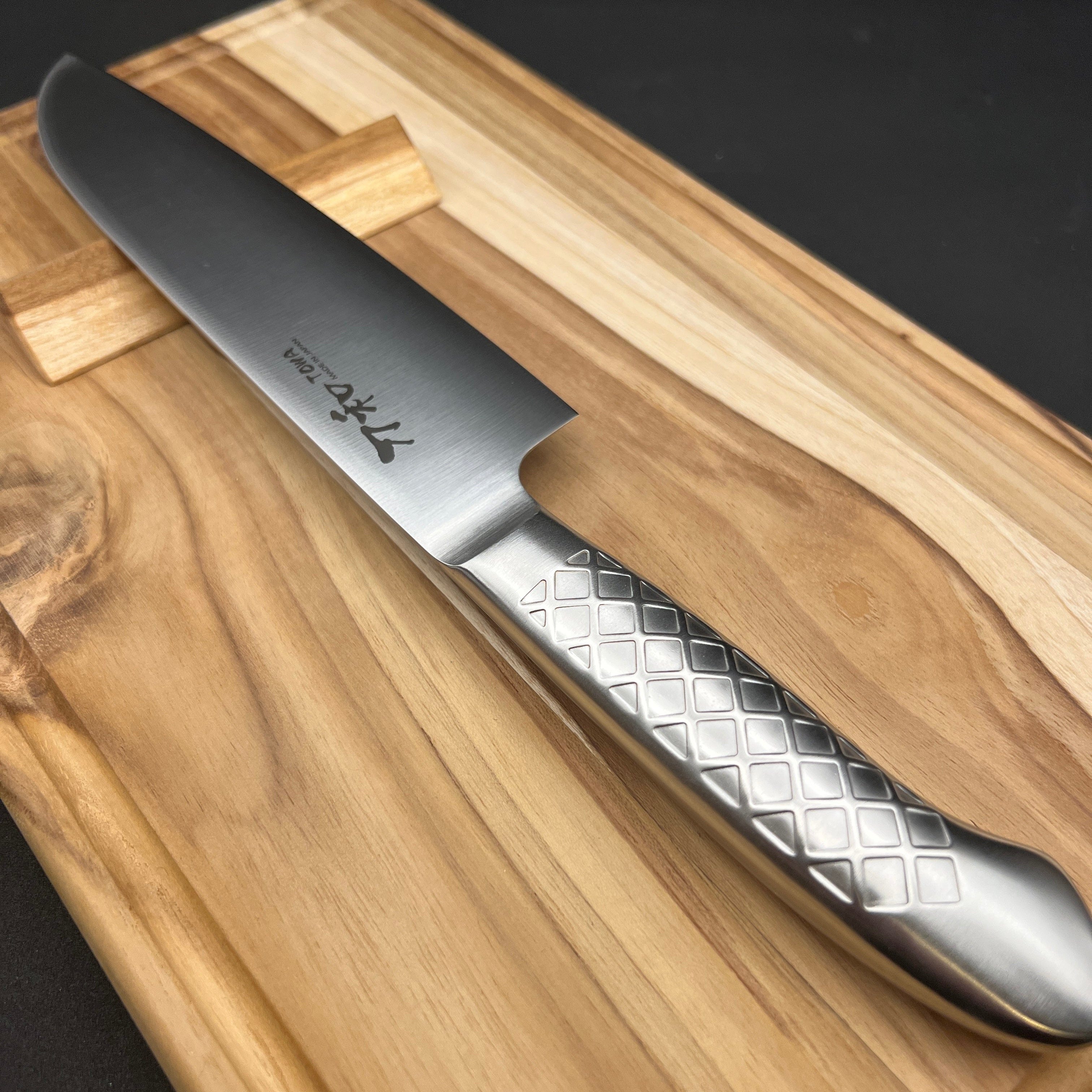
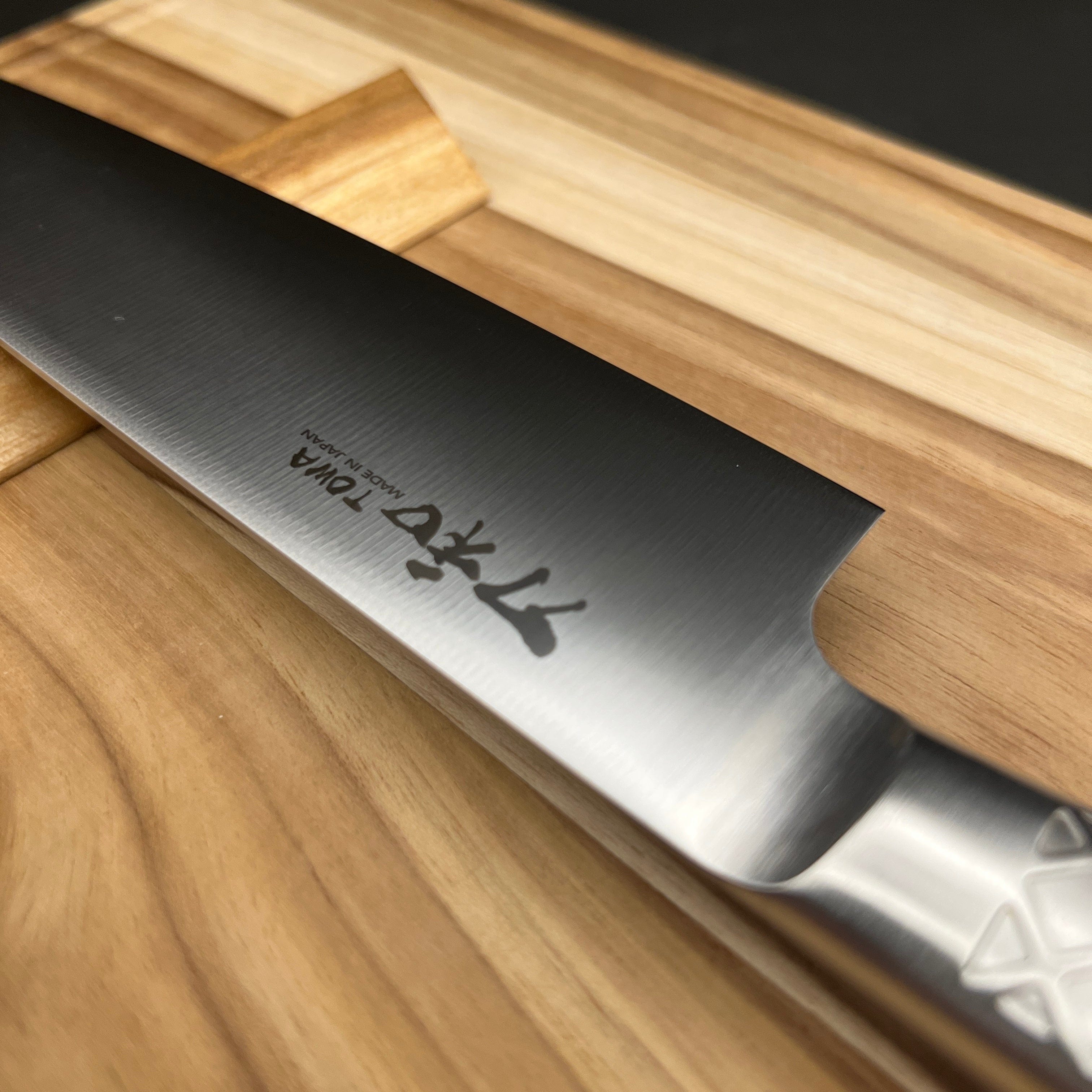
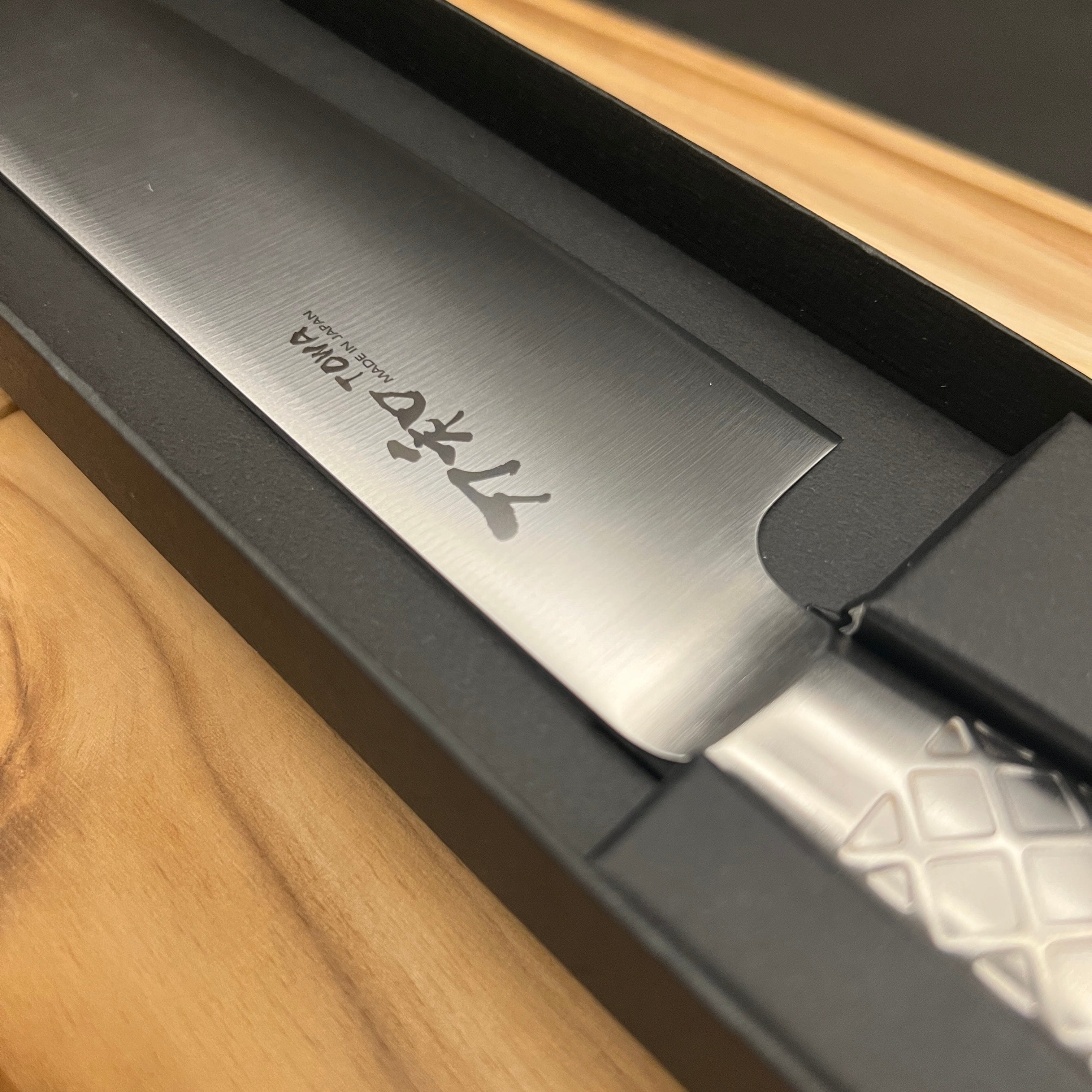
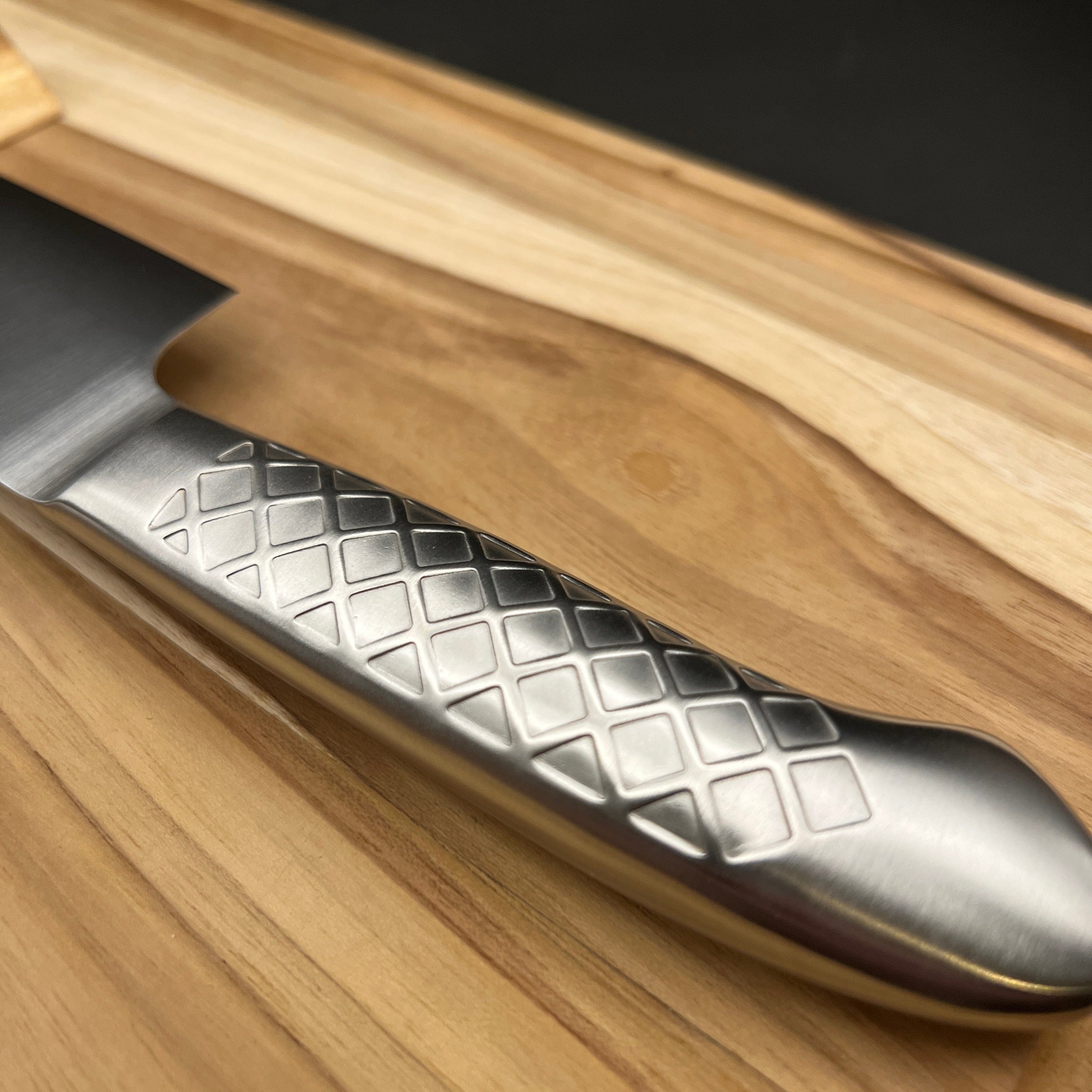
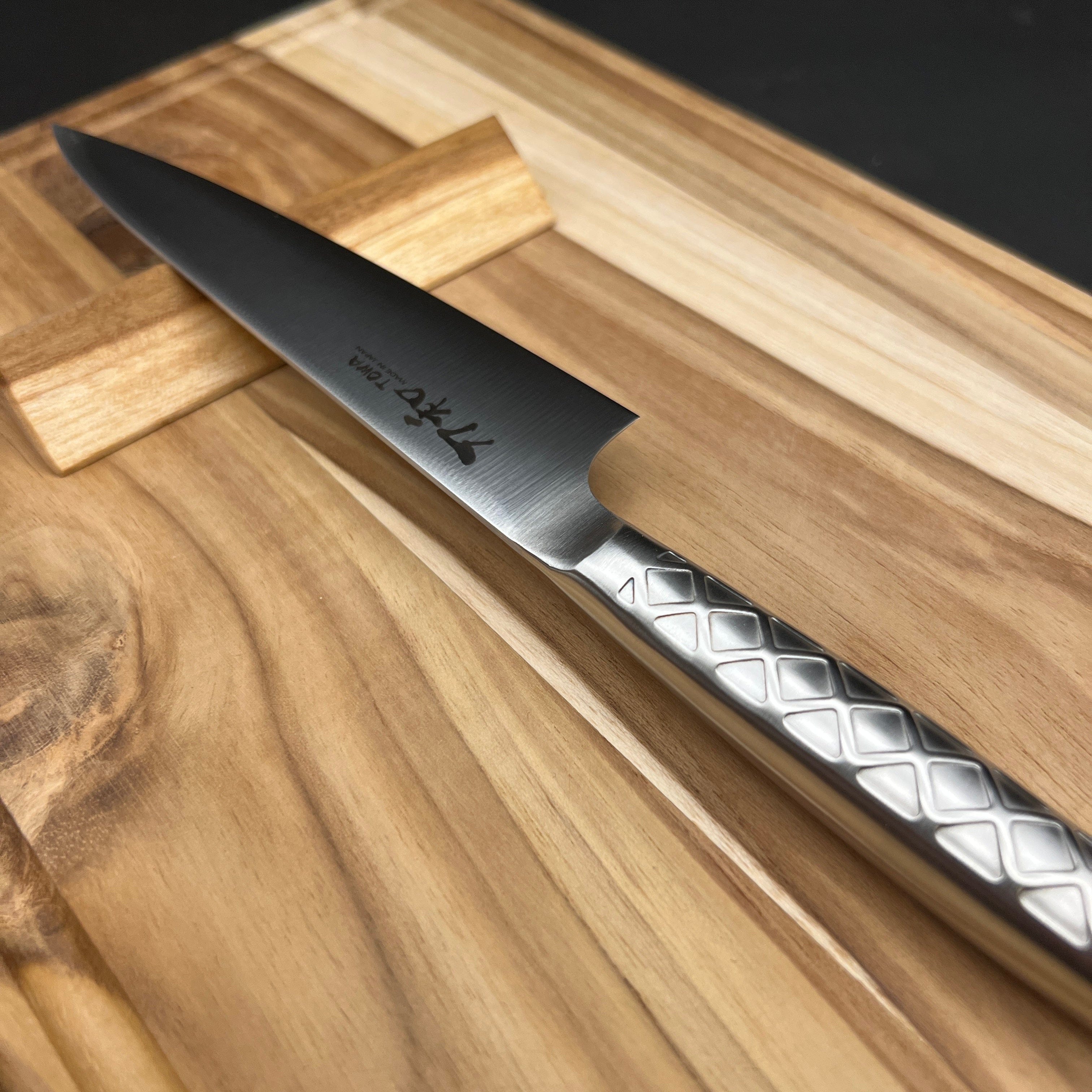
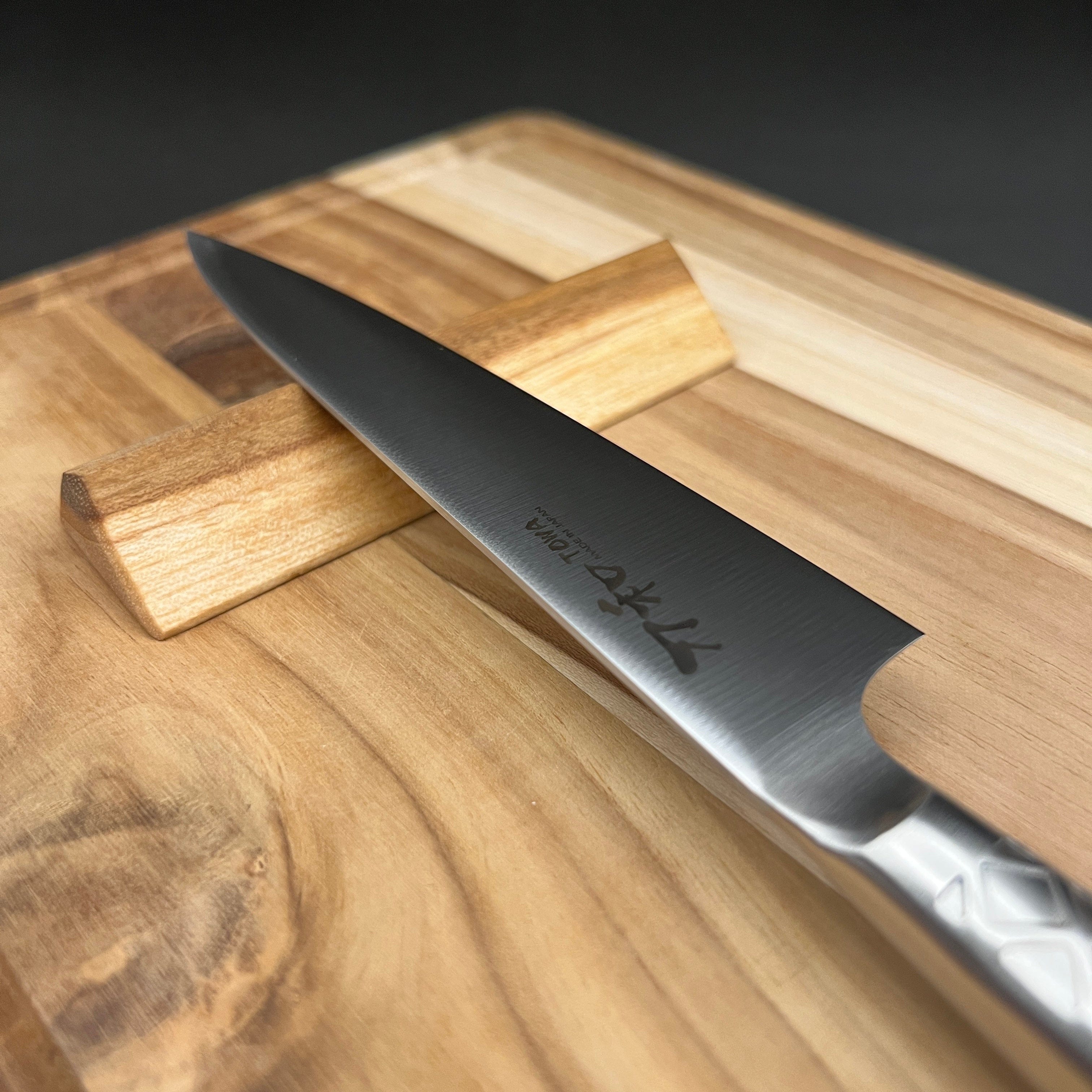
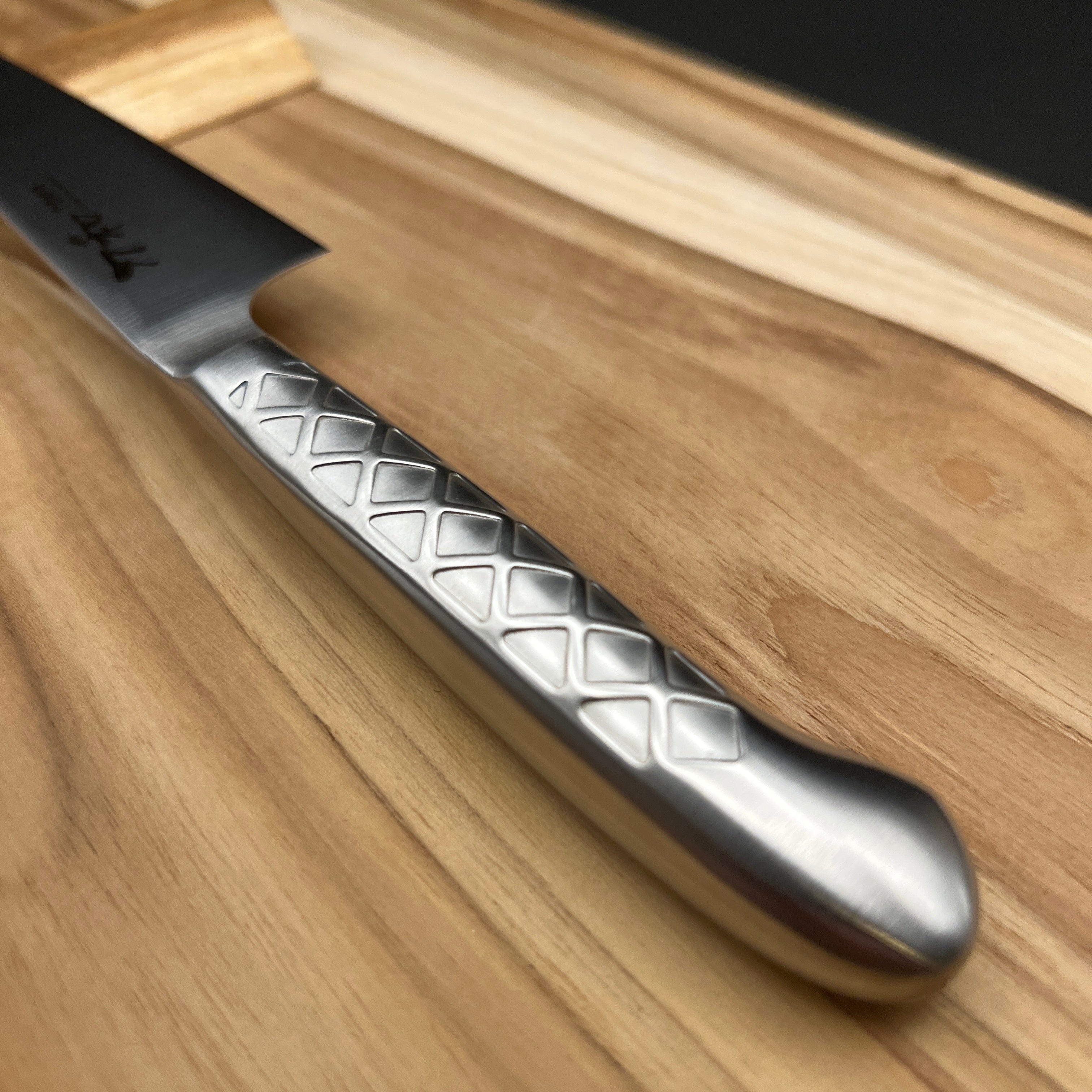
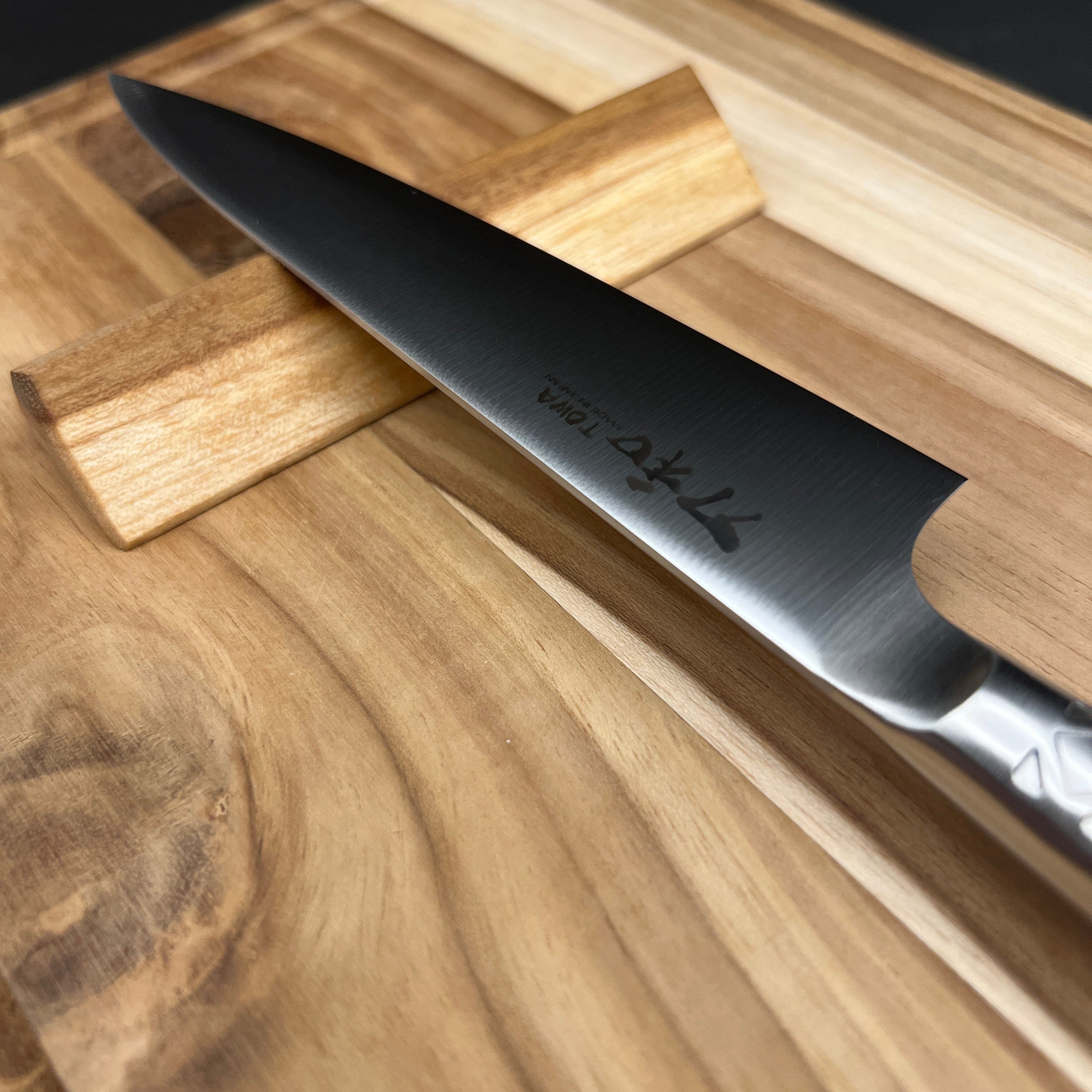
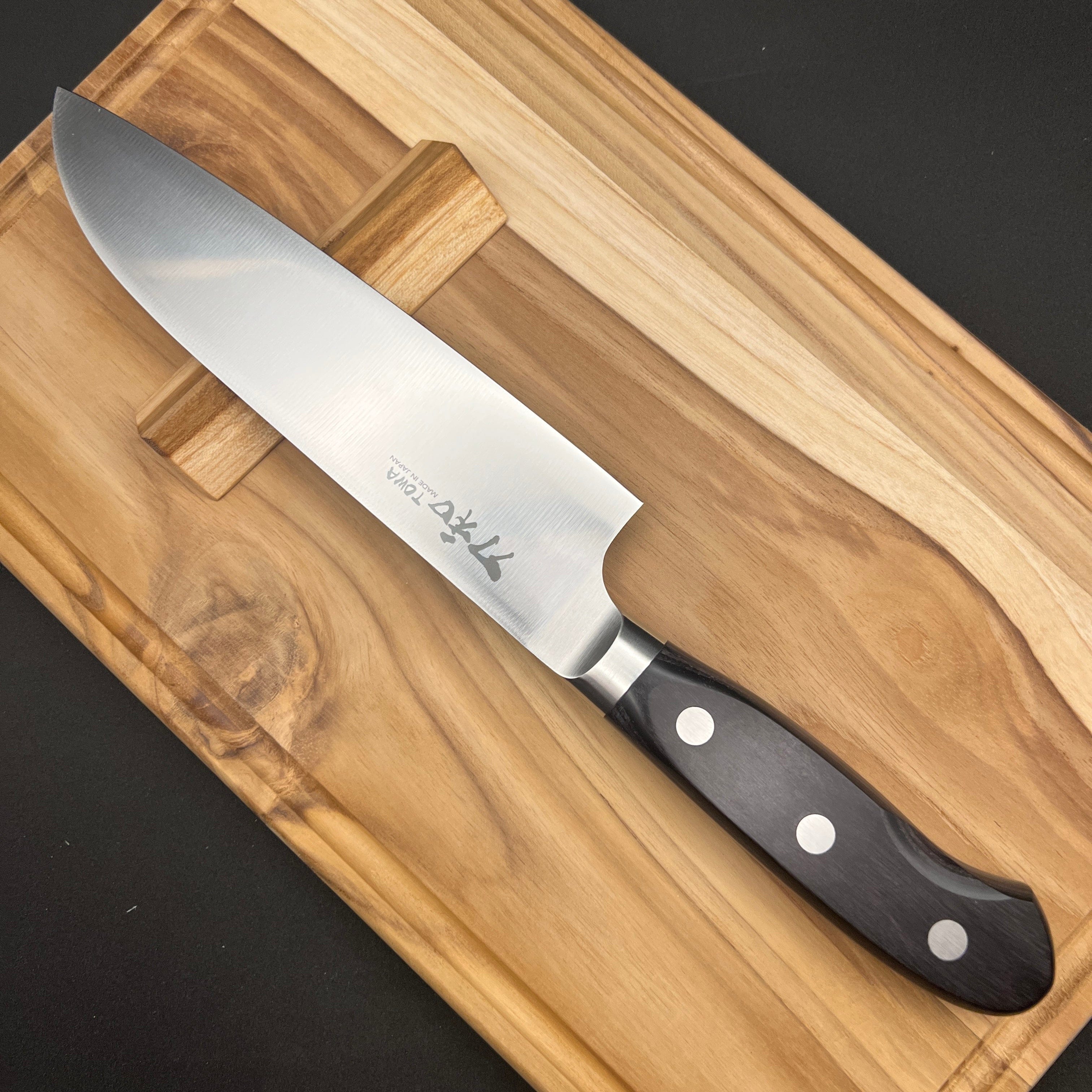
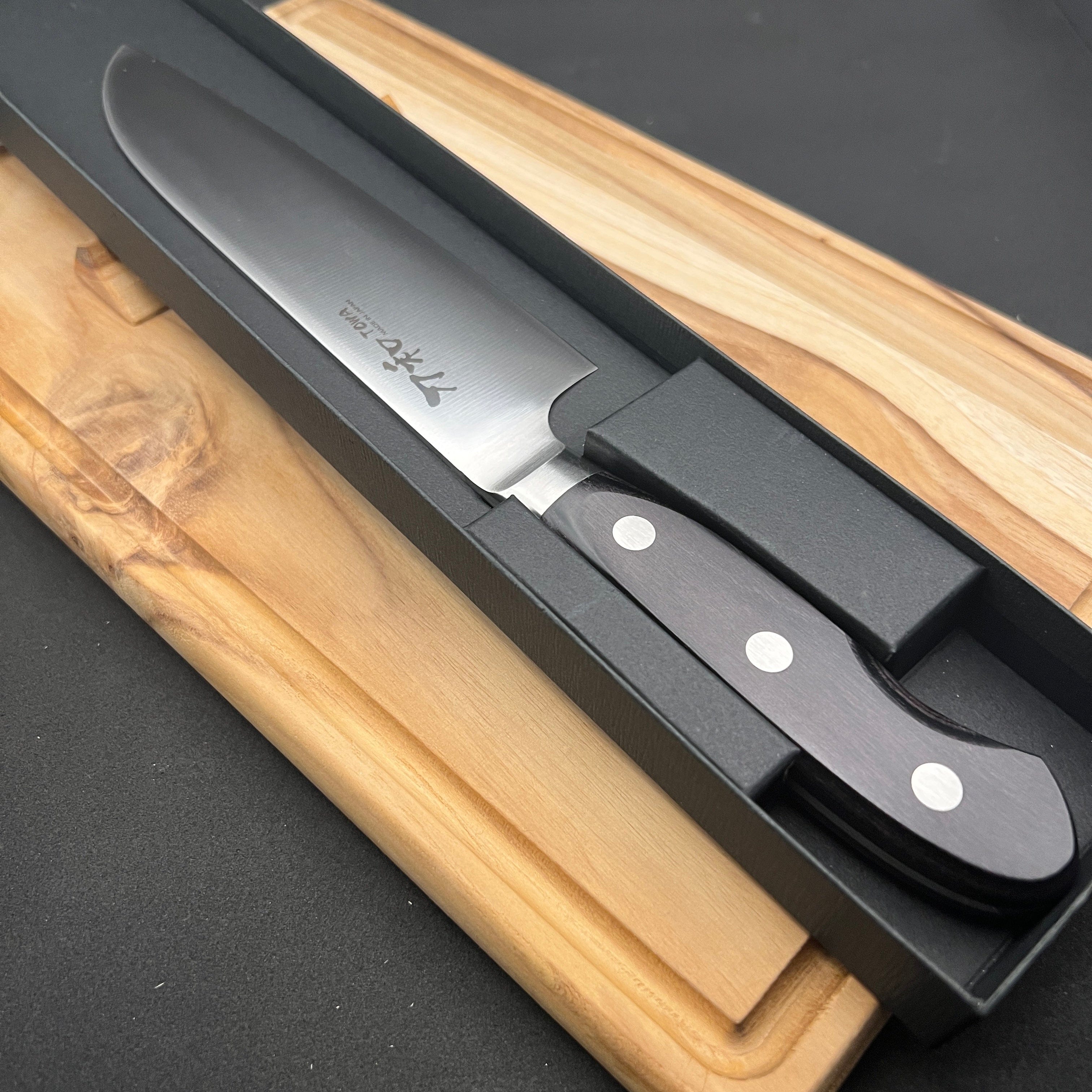
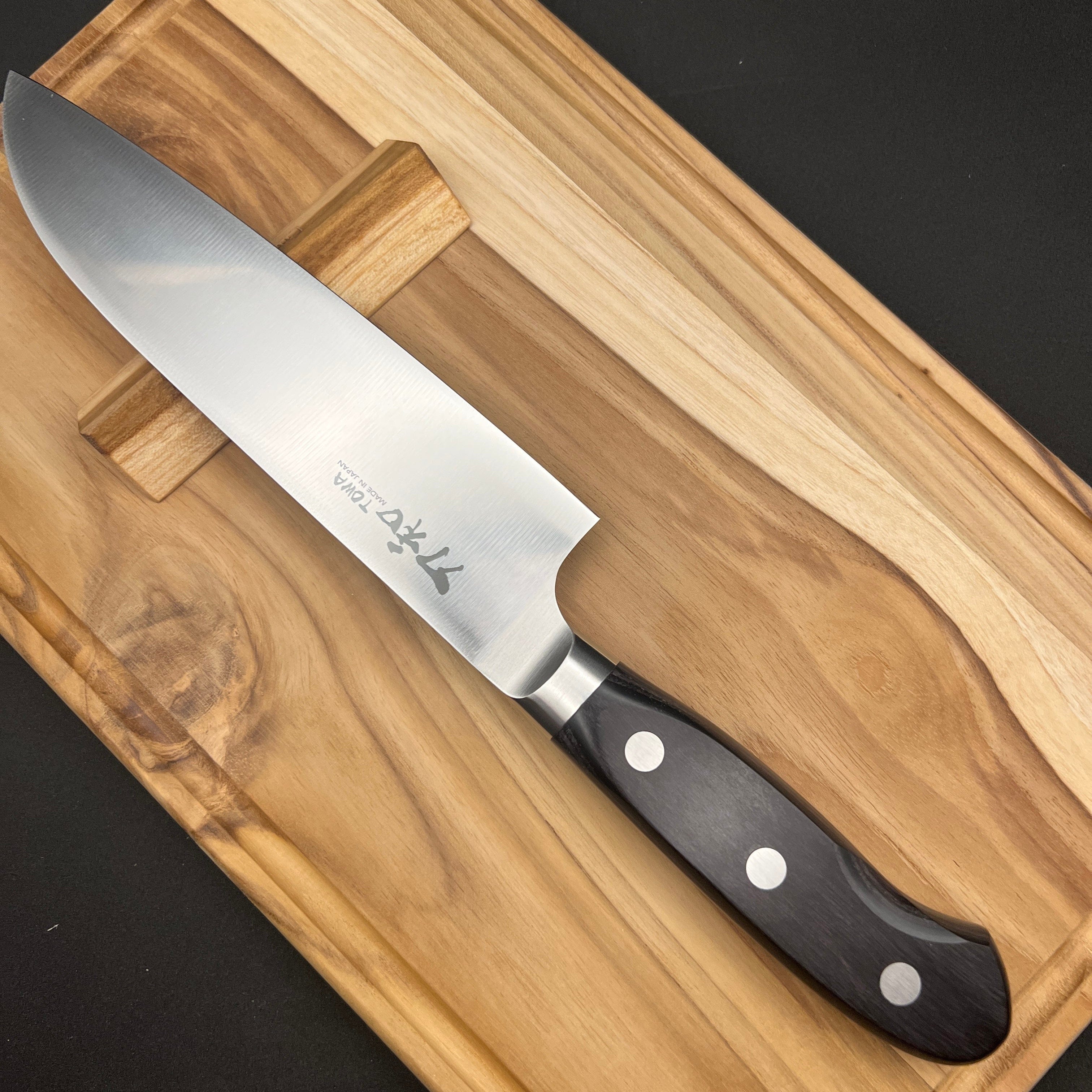
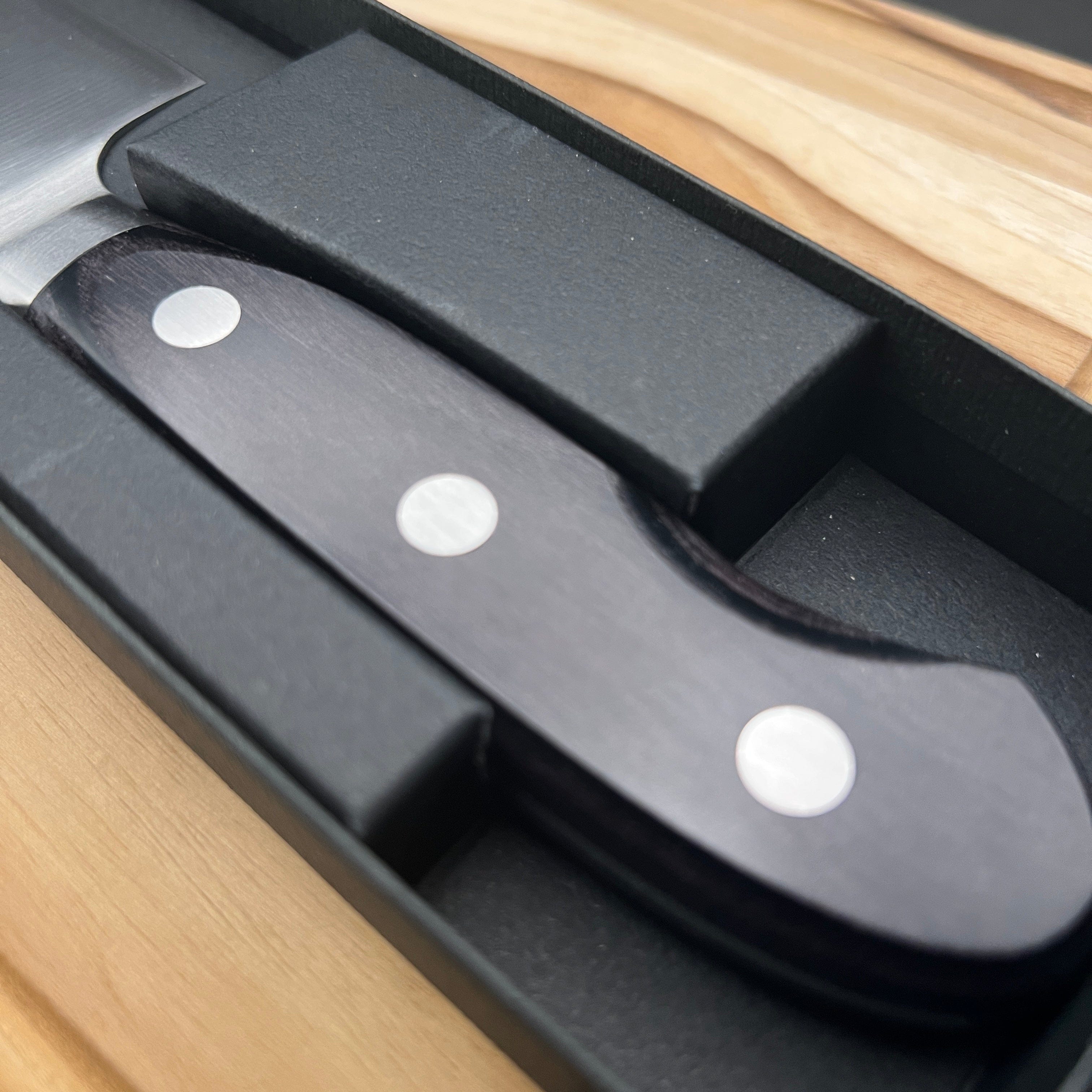
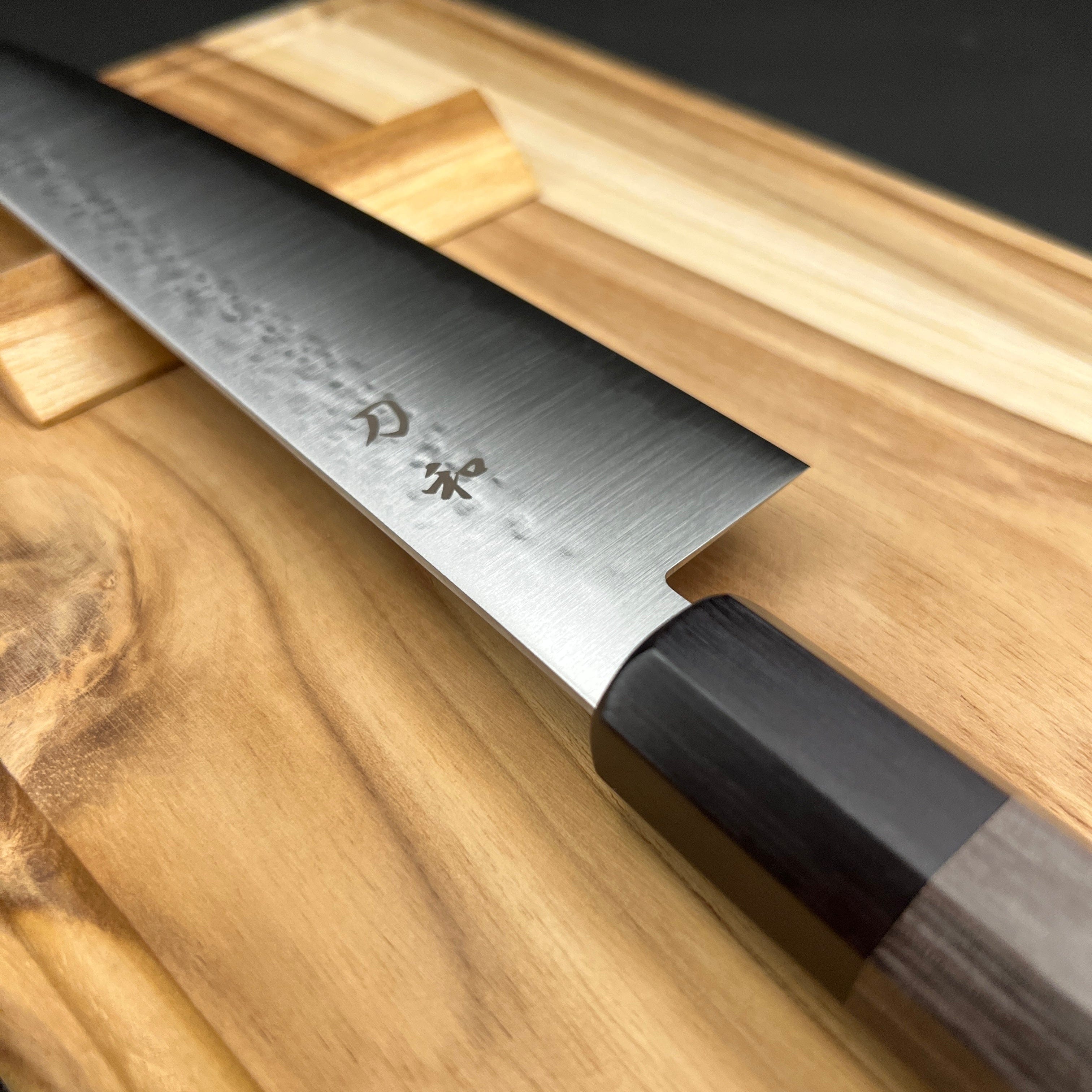
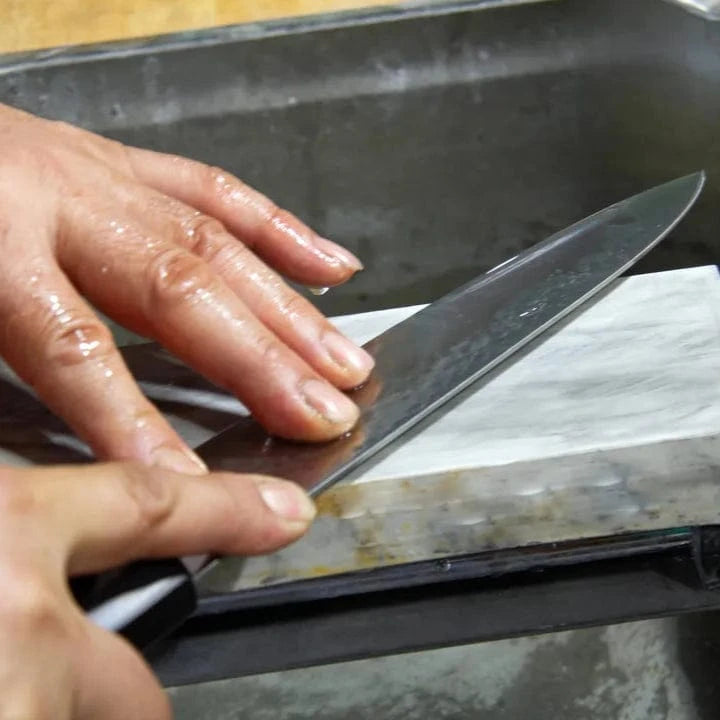
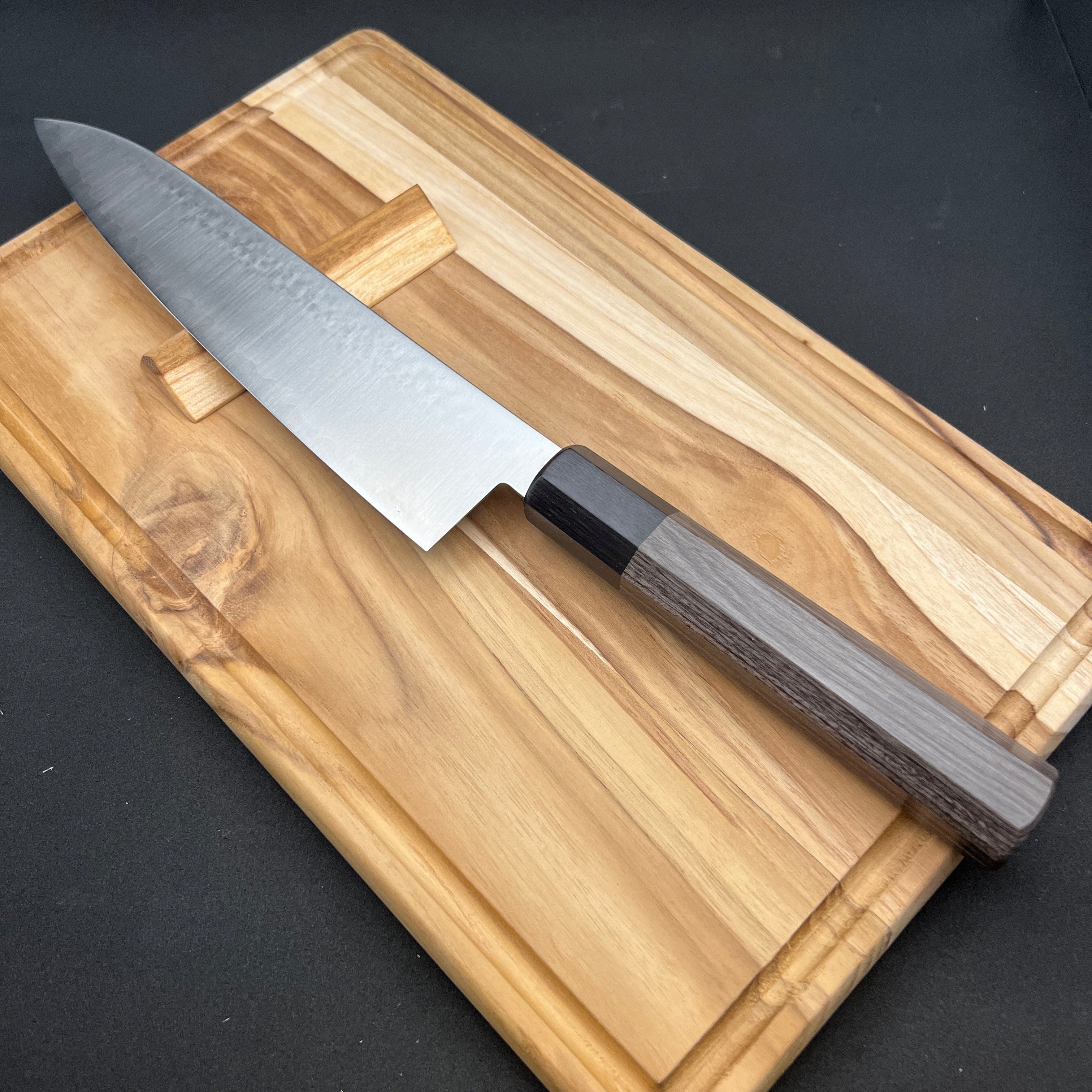
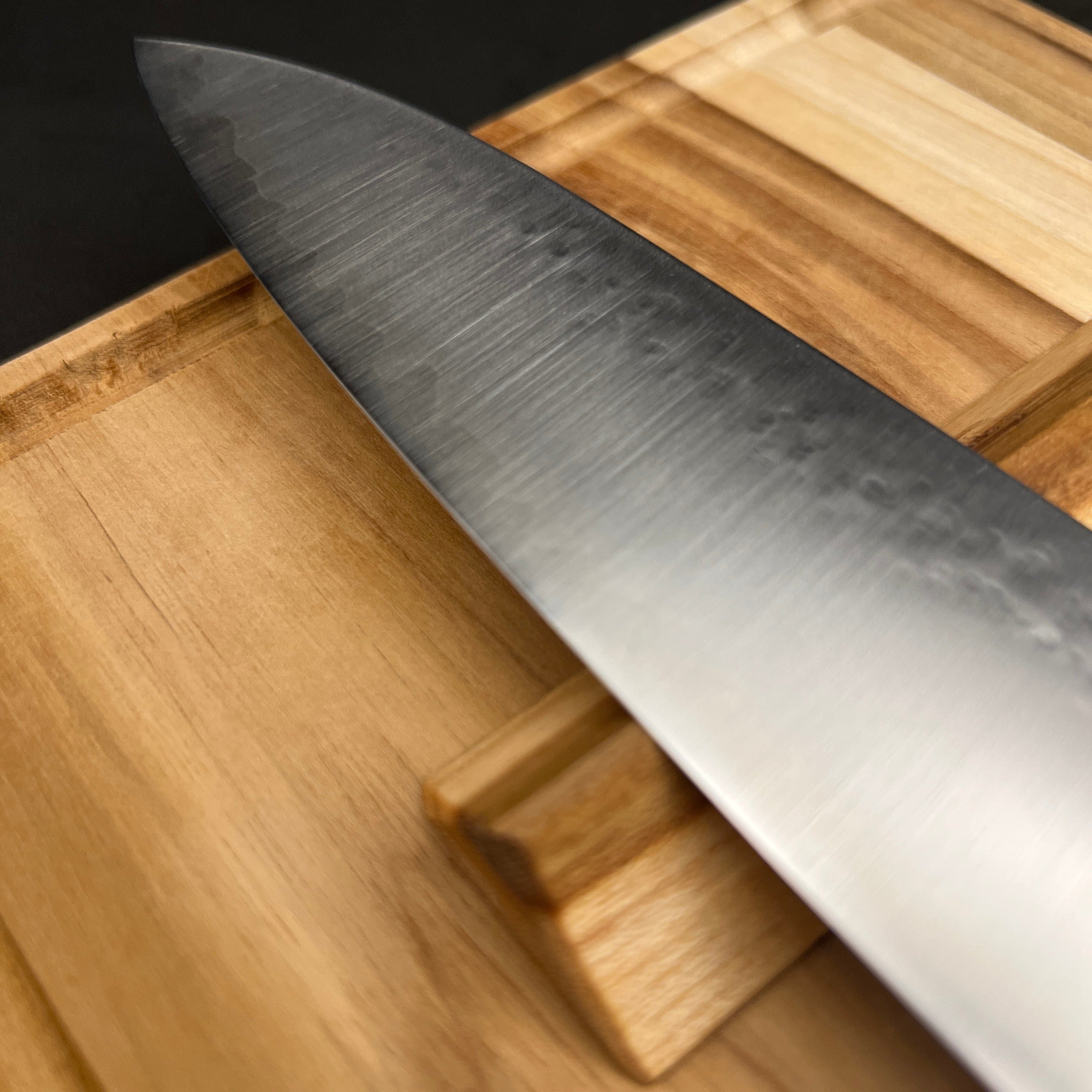
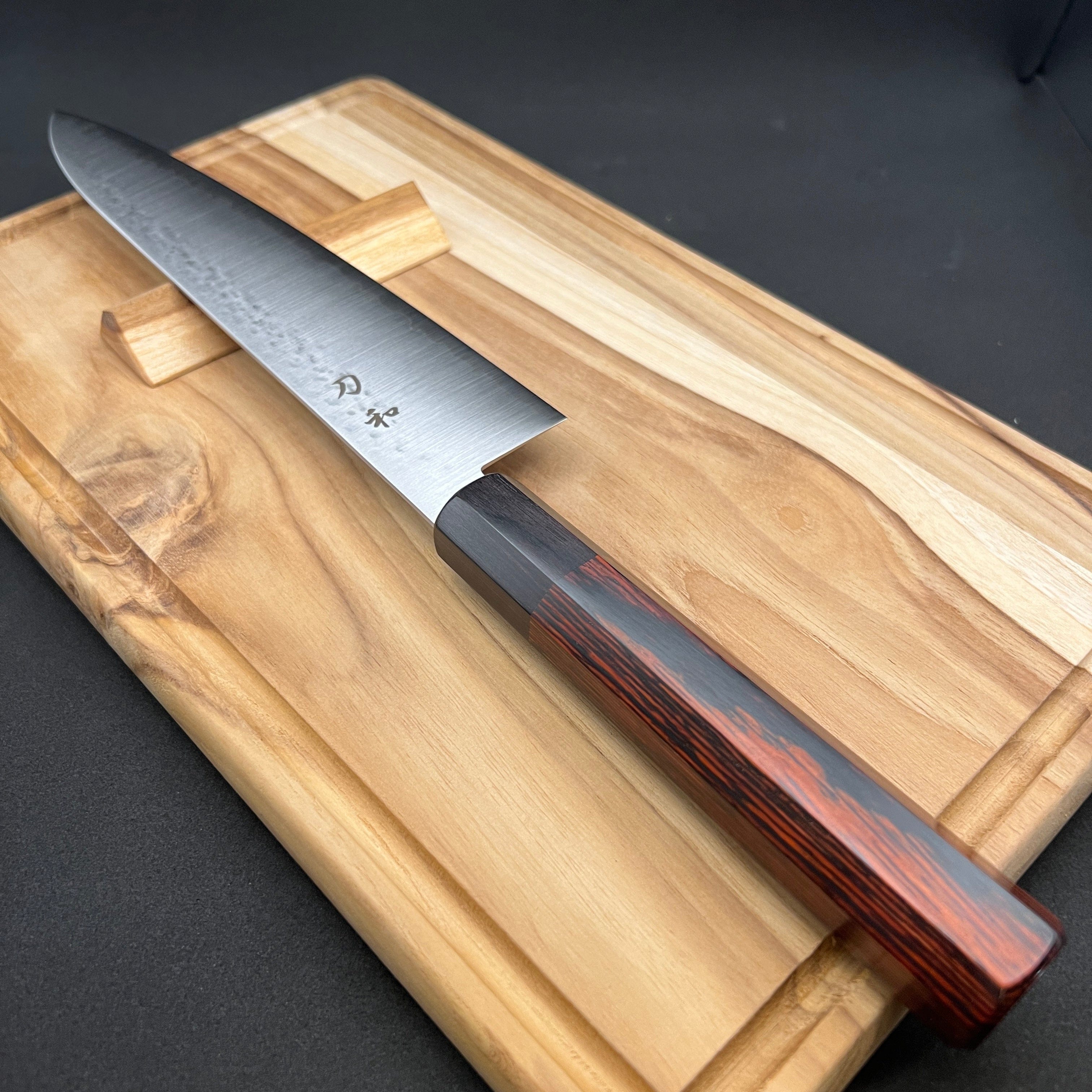
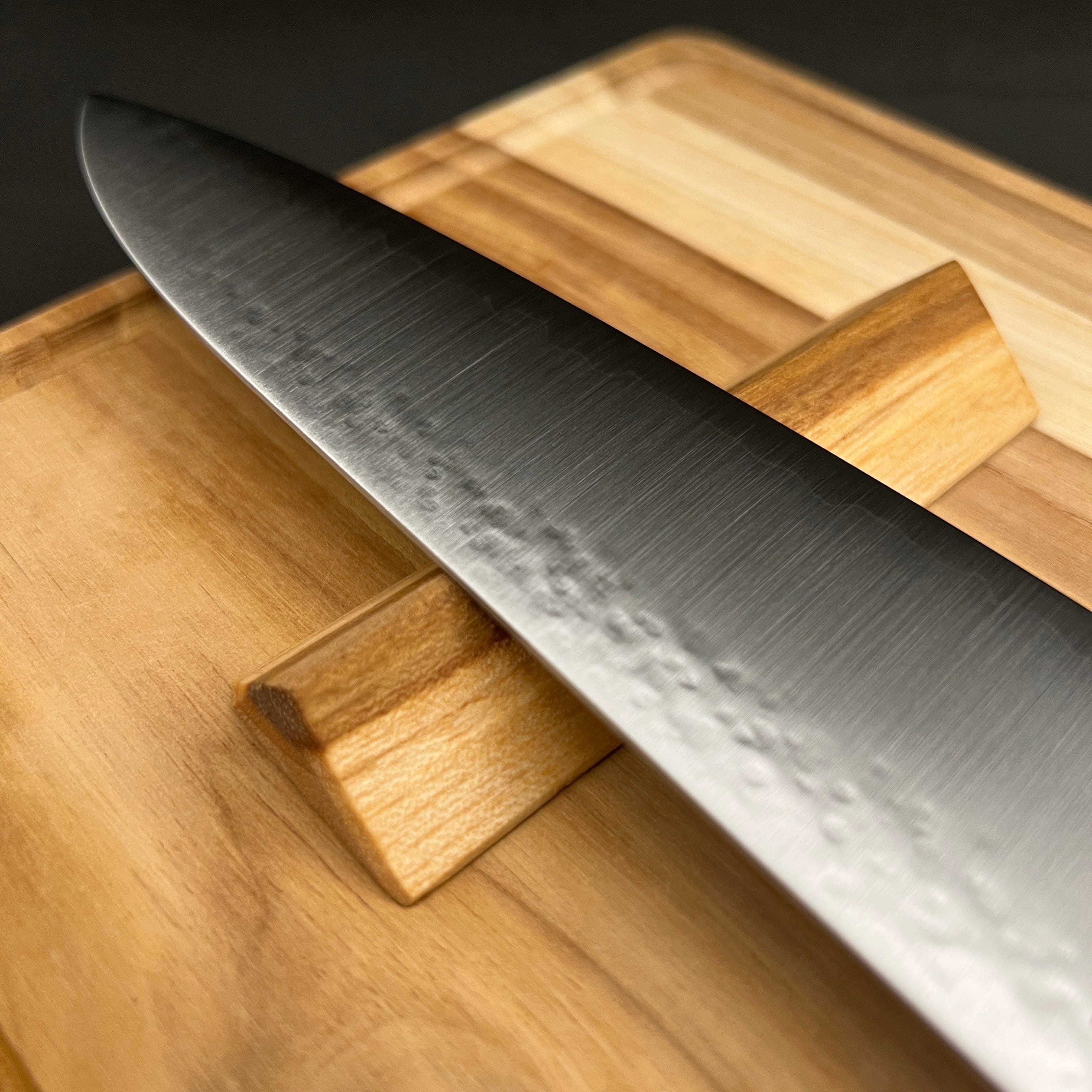
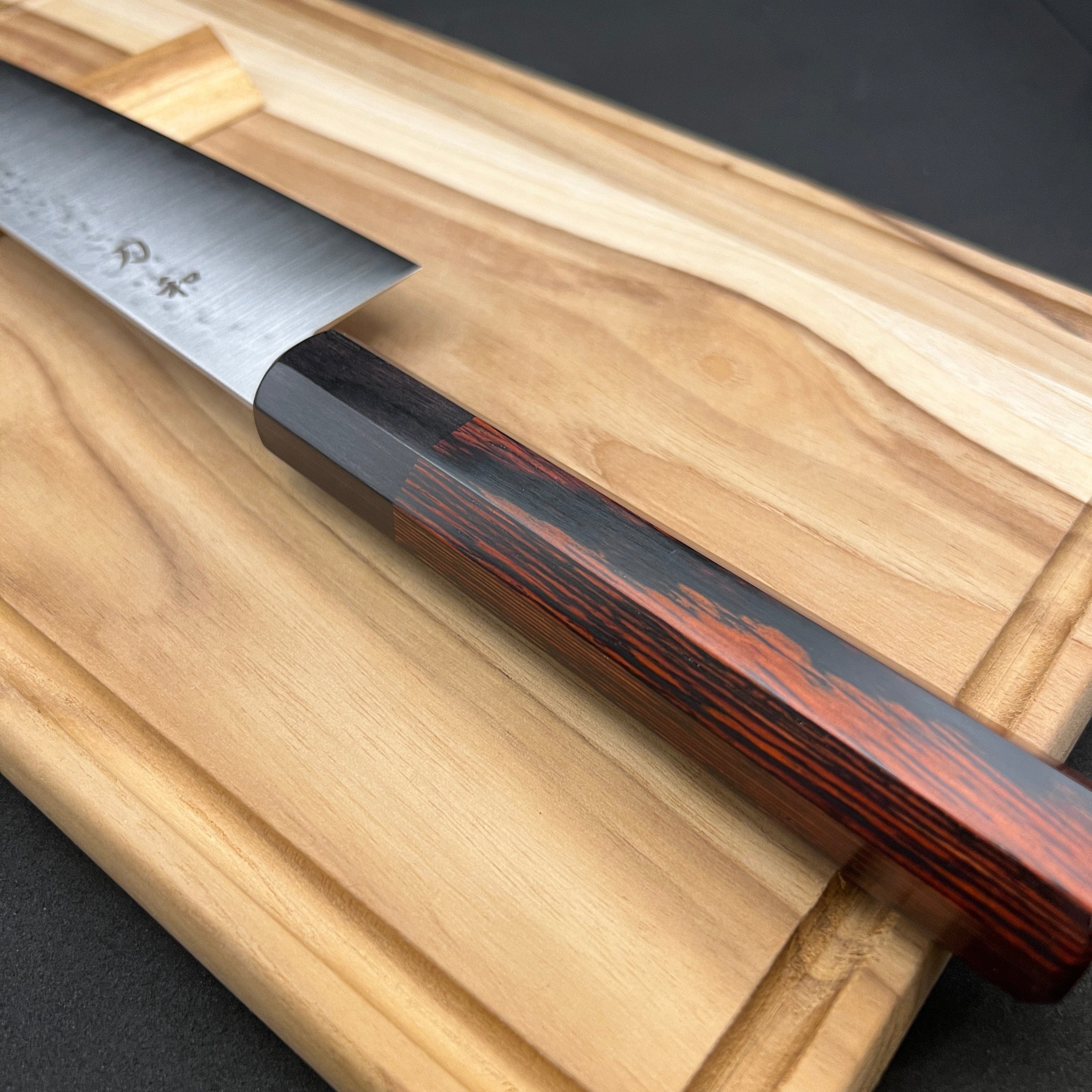
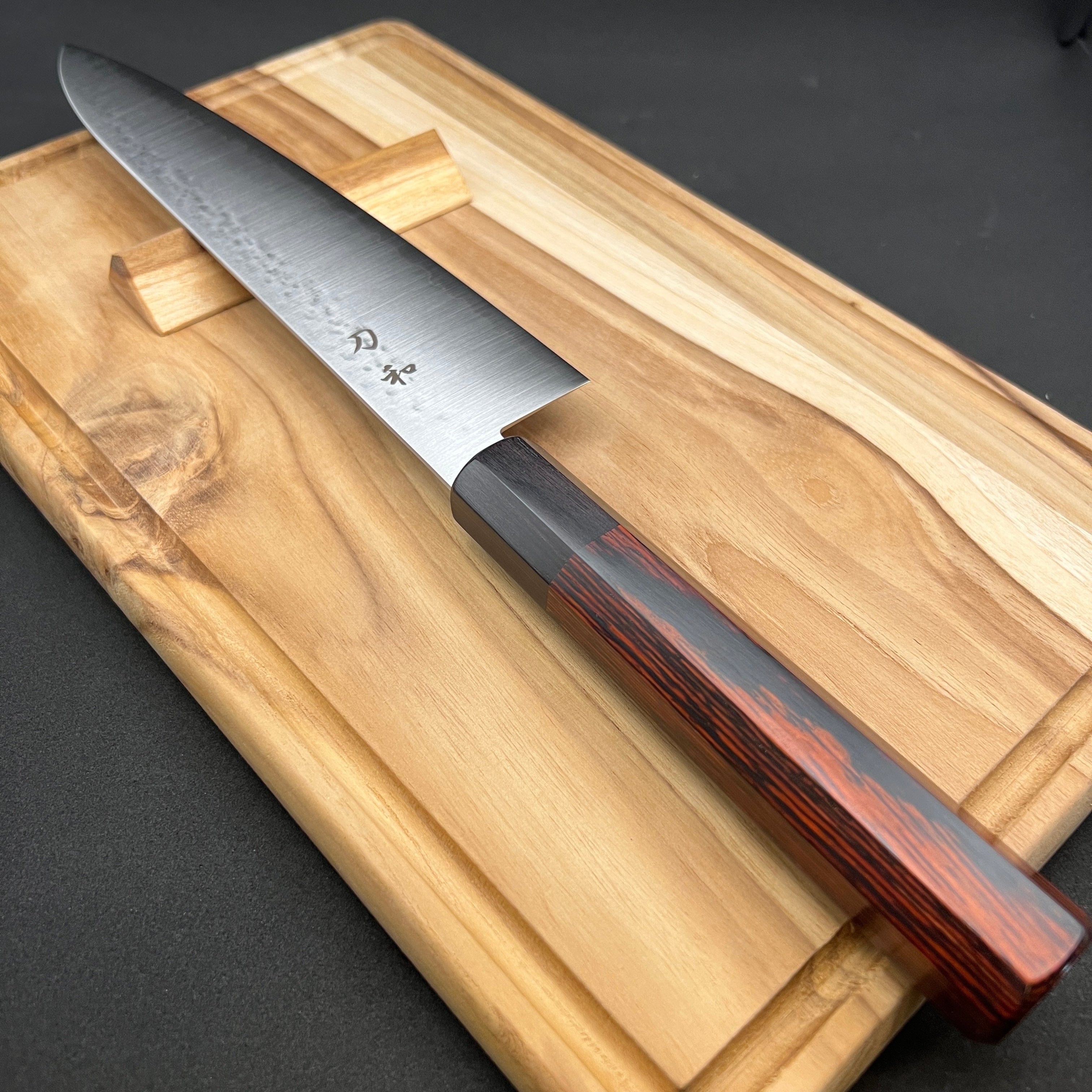
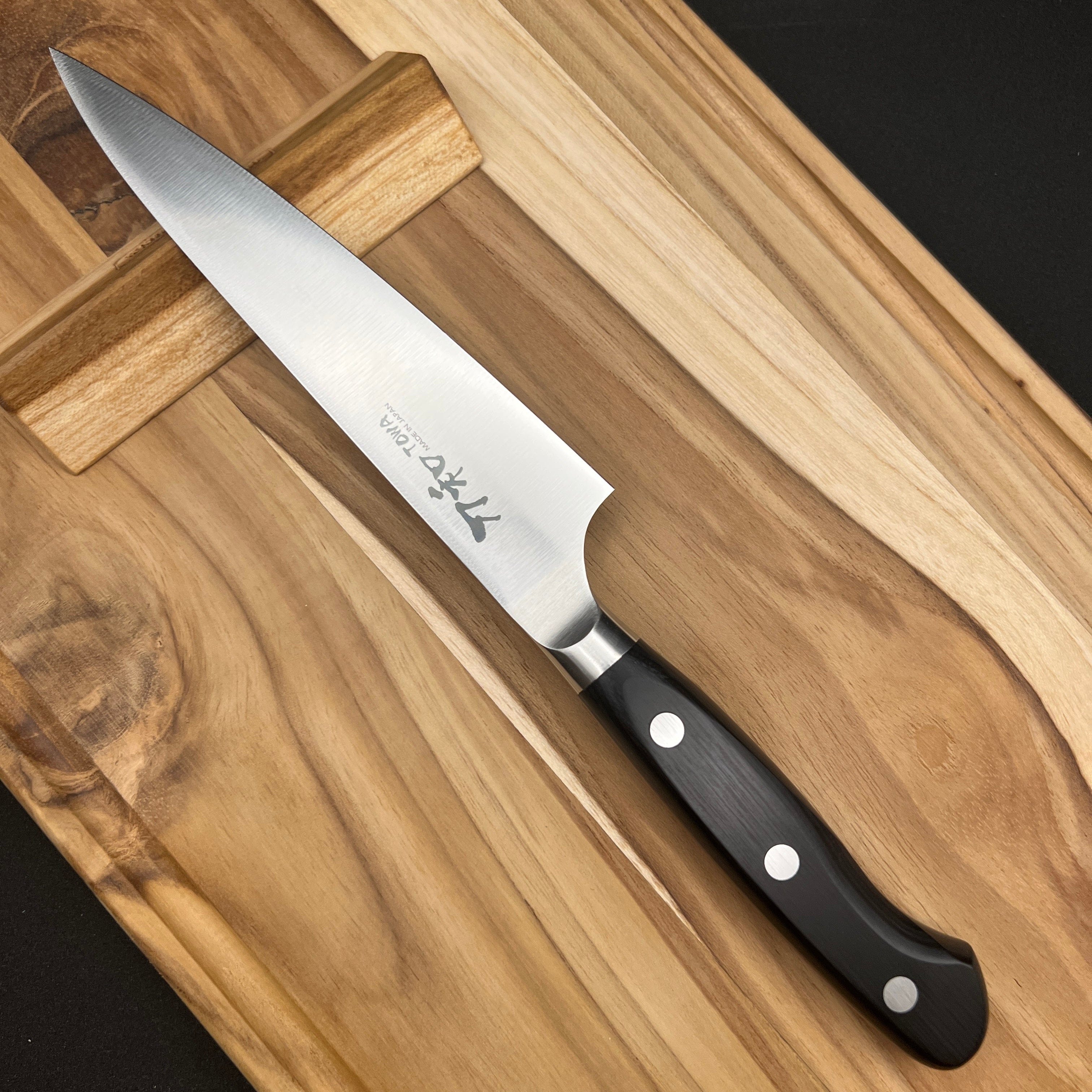
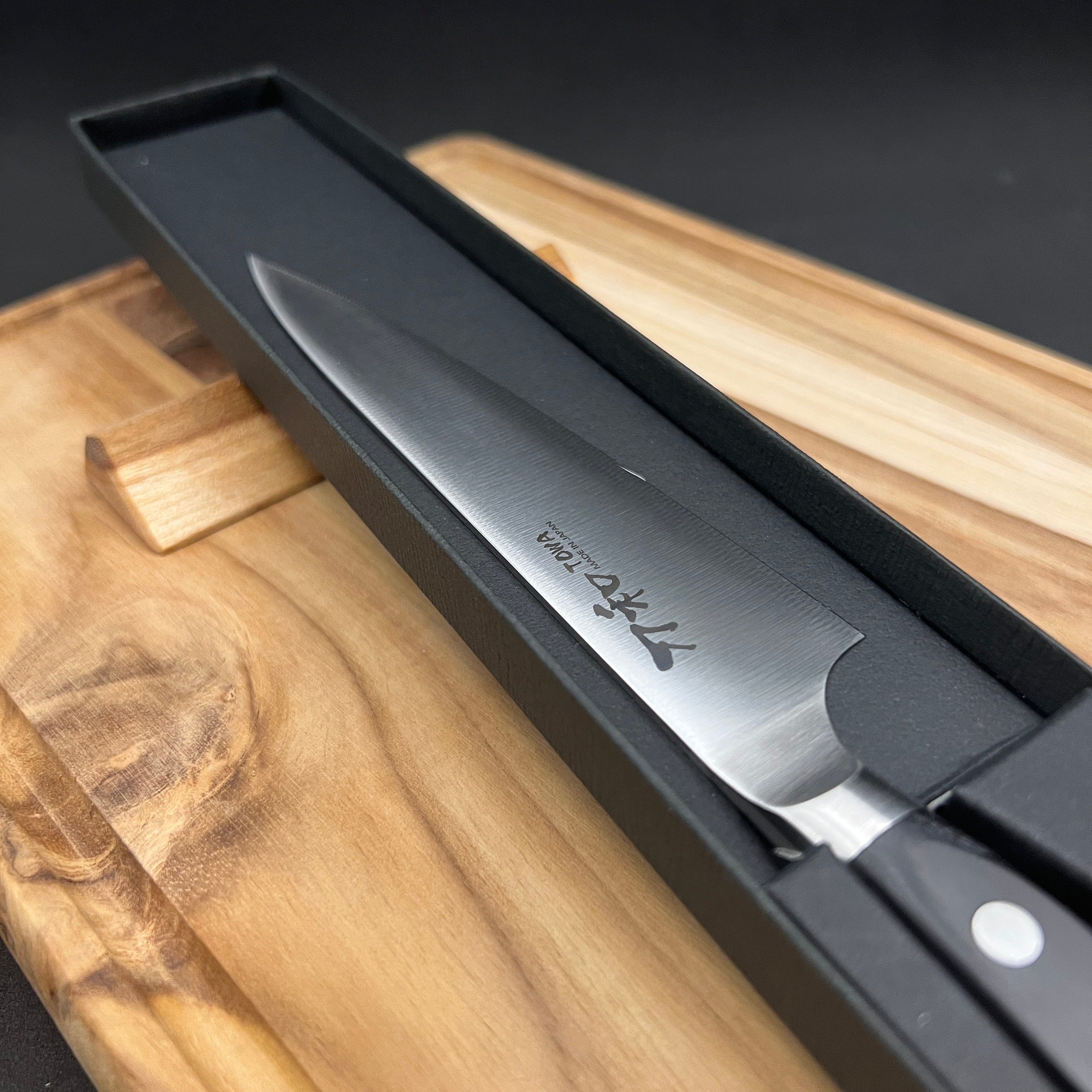
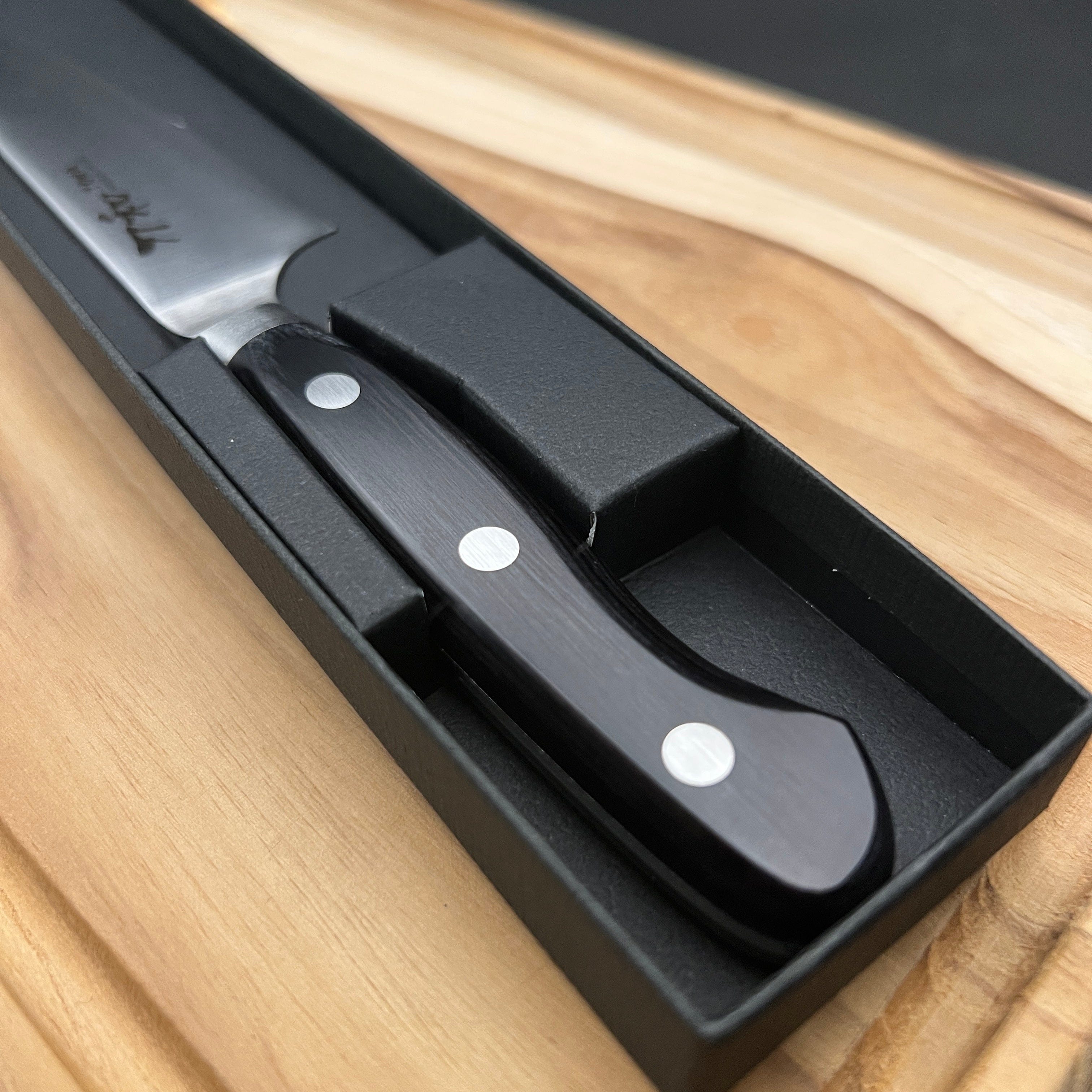
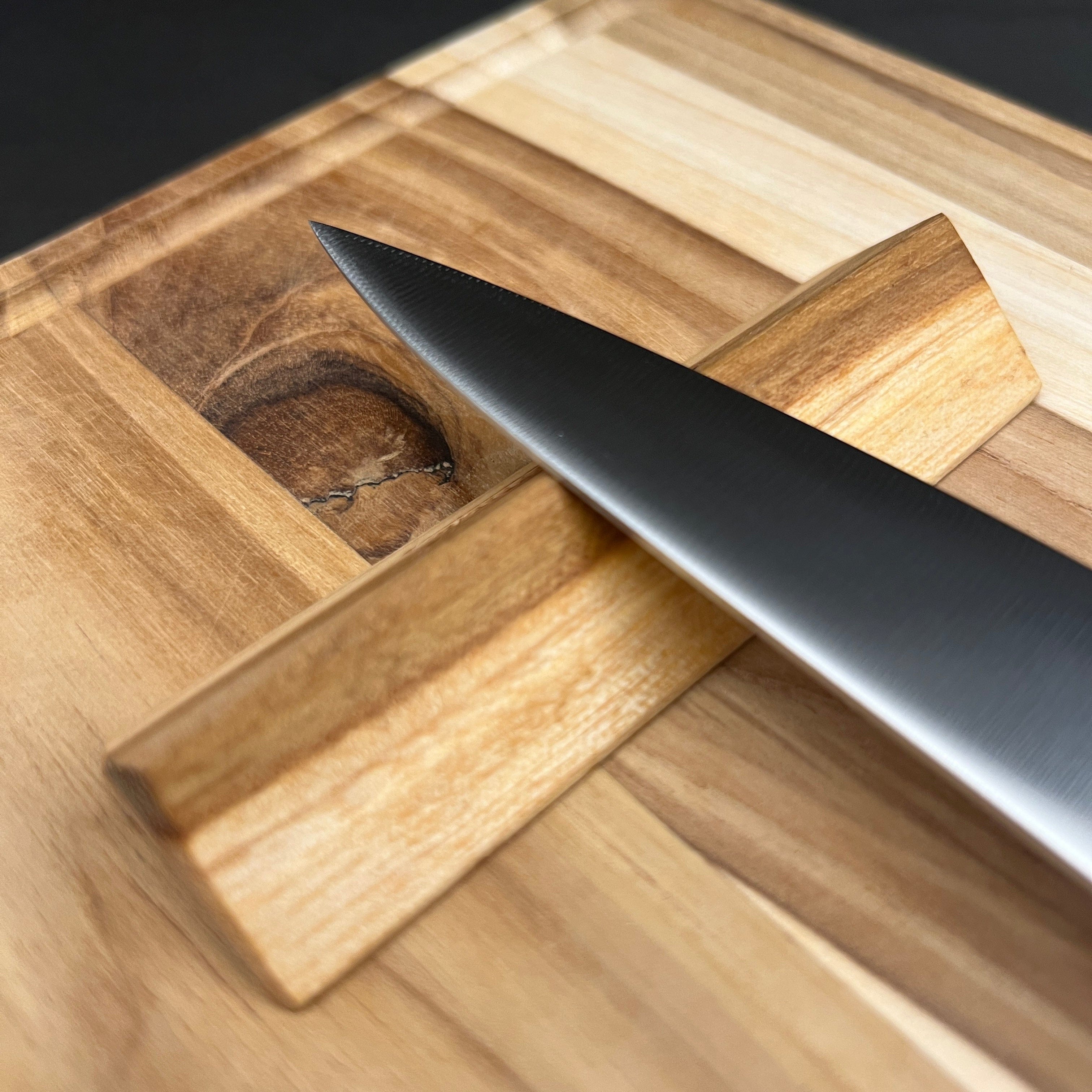
Share: